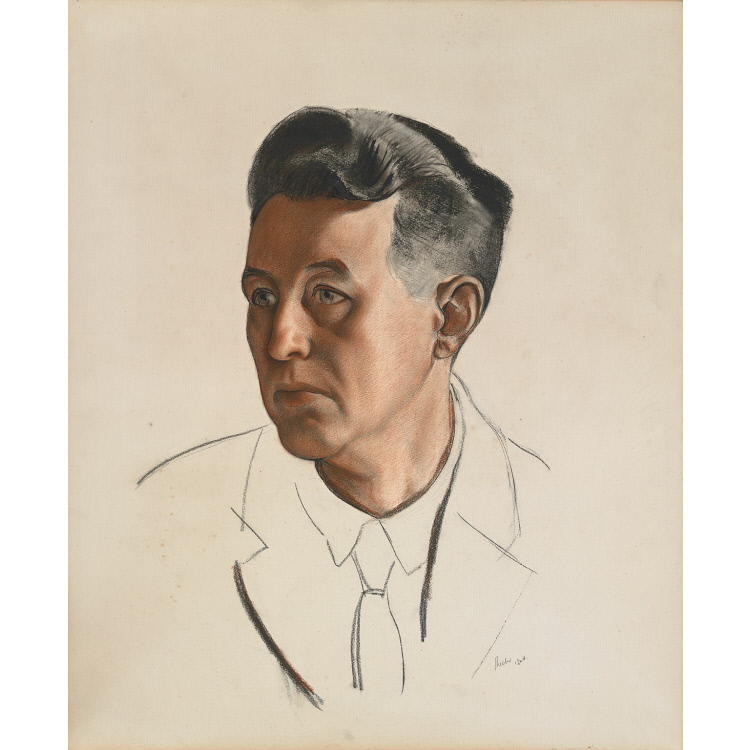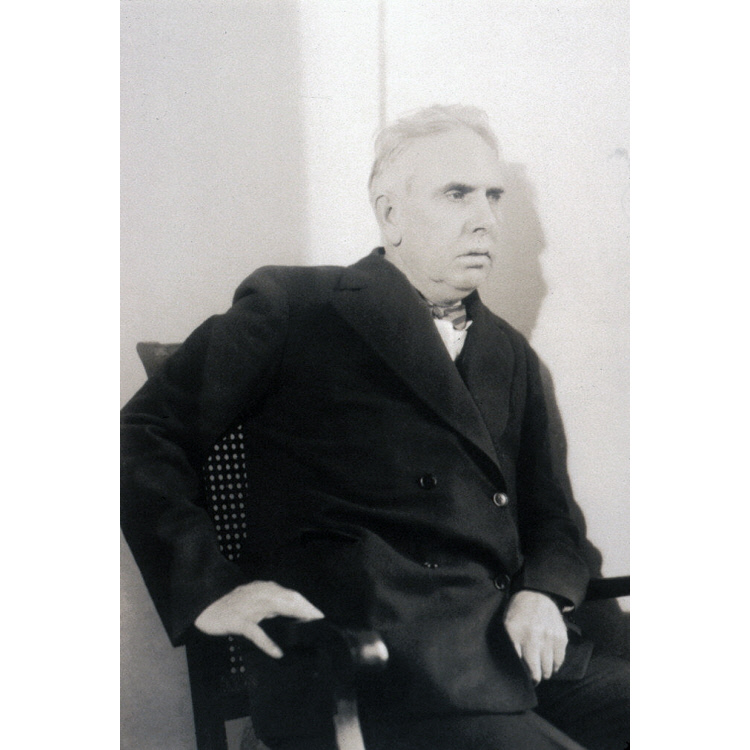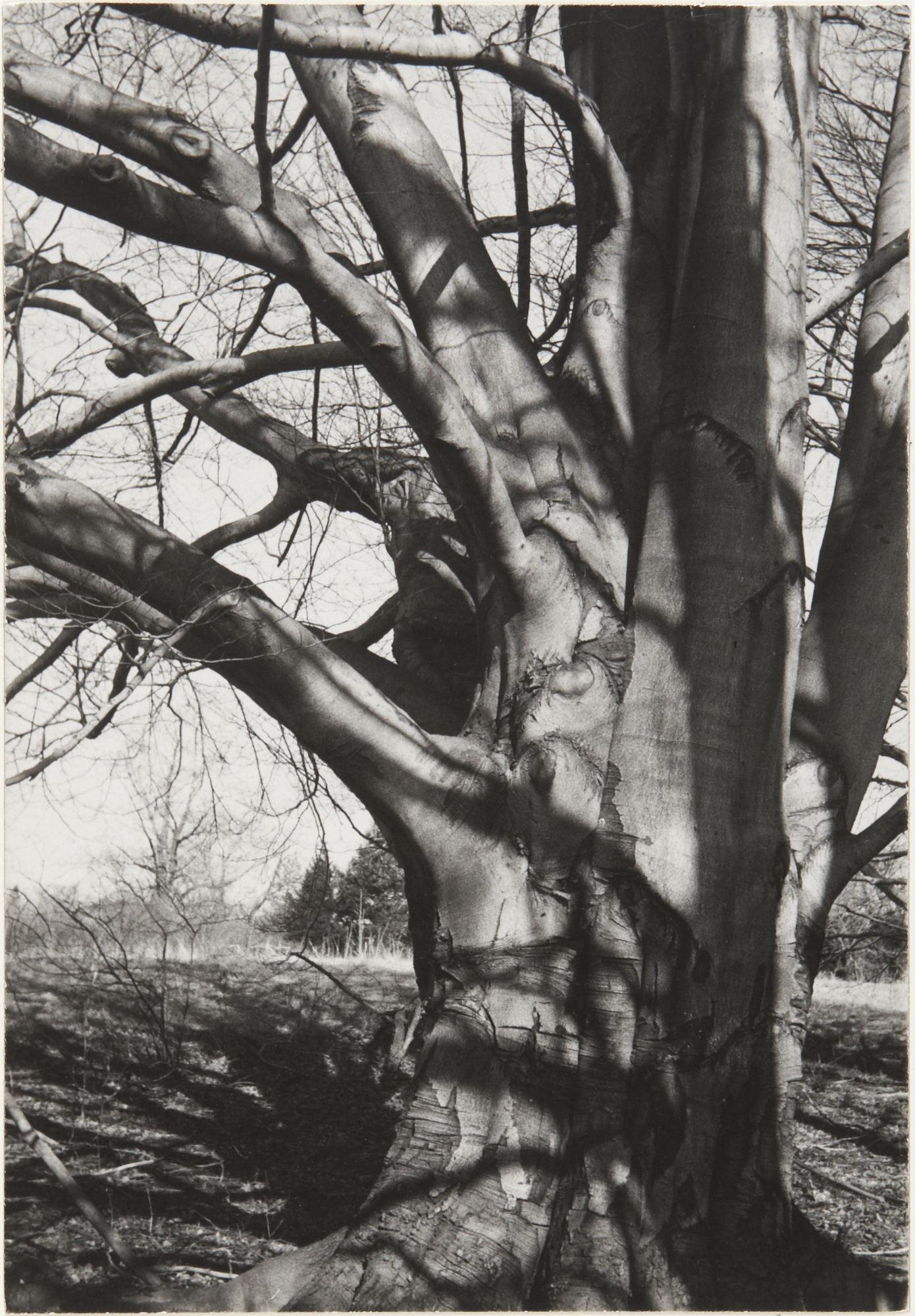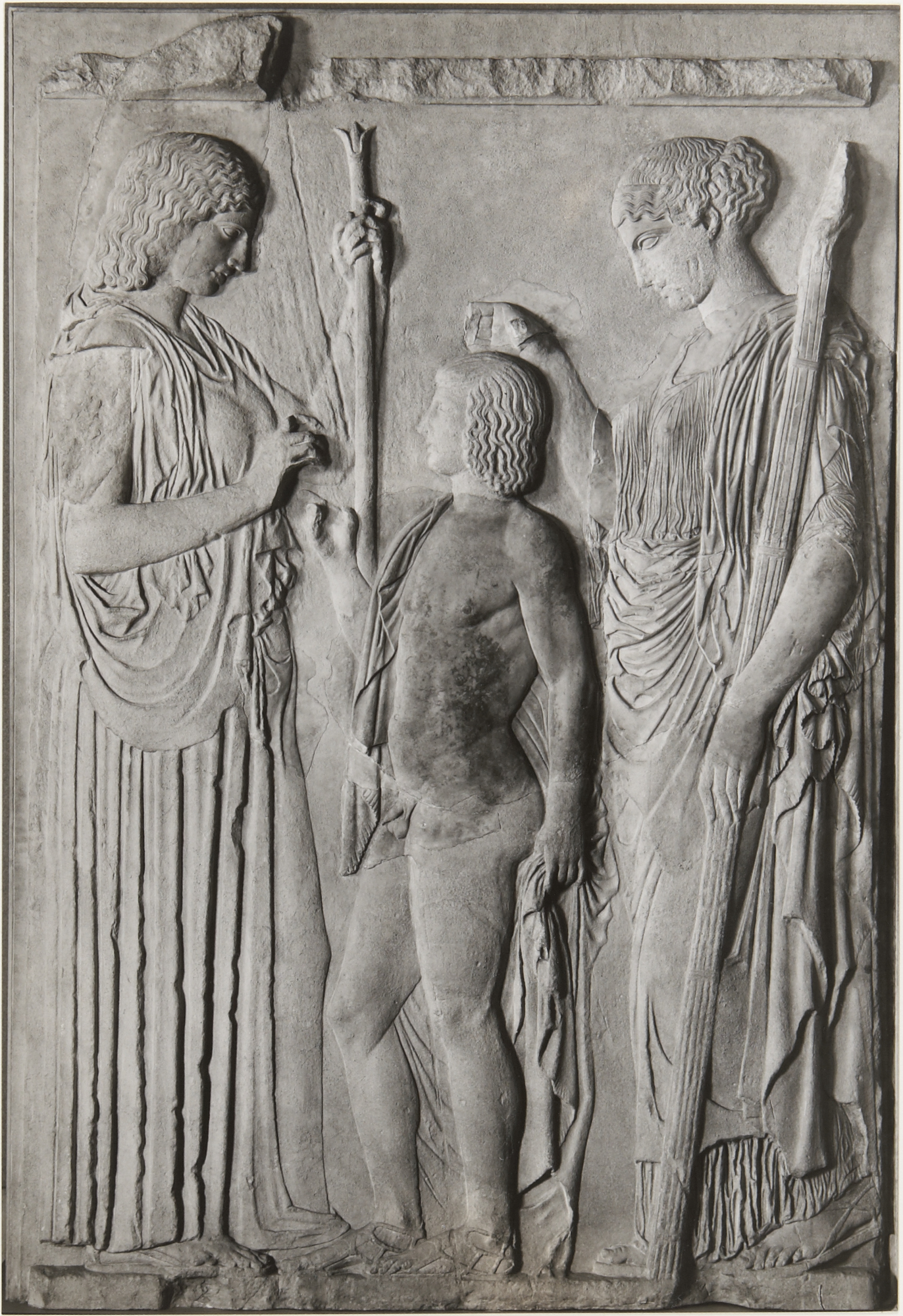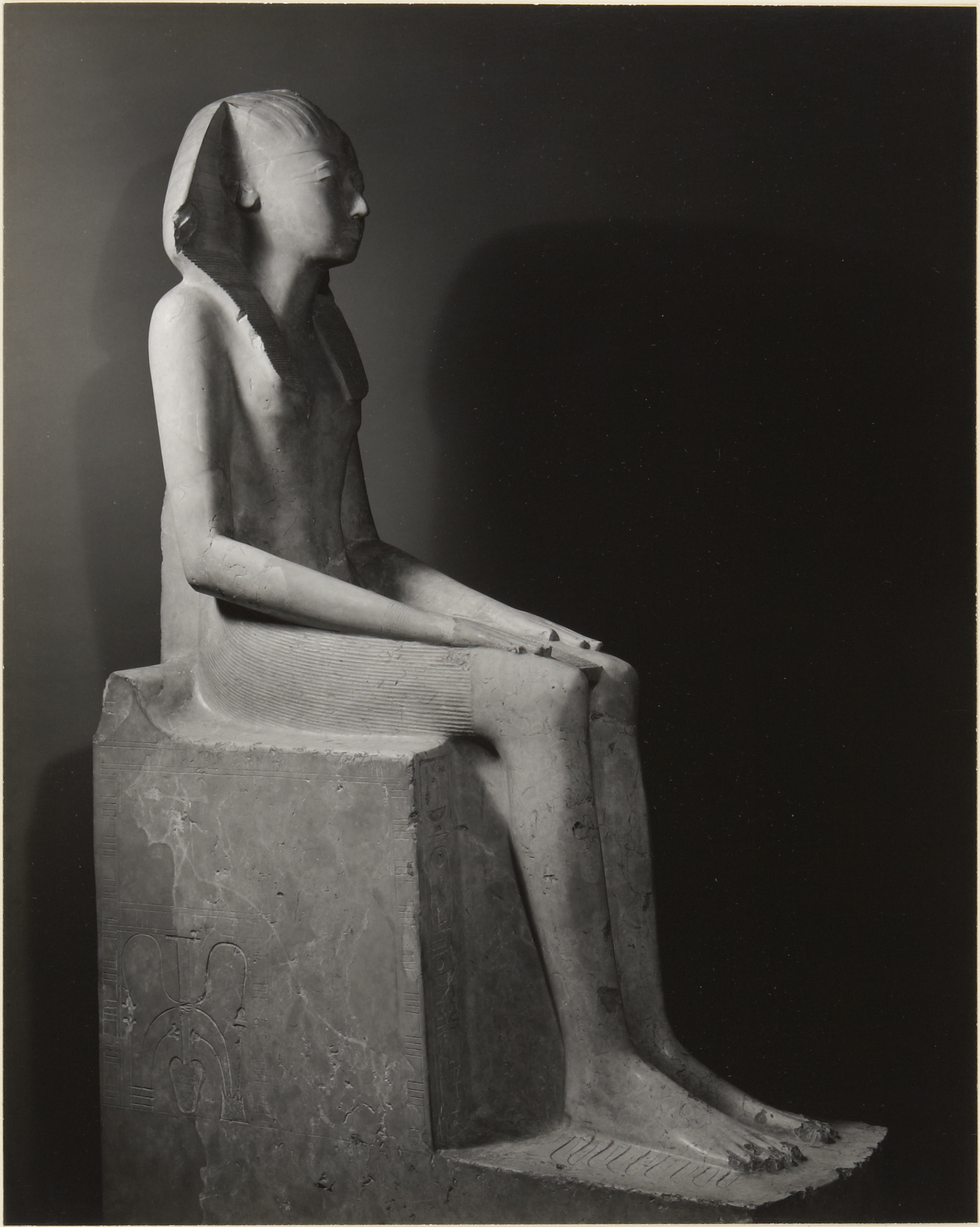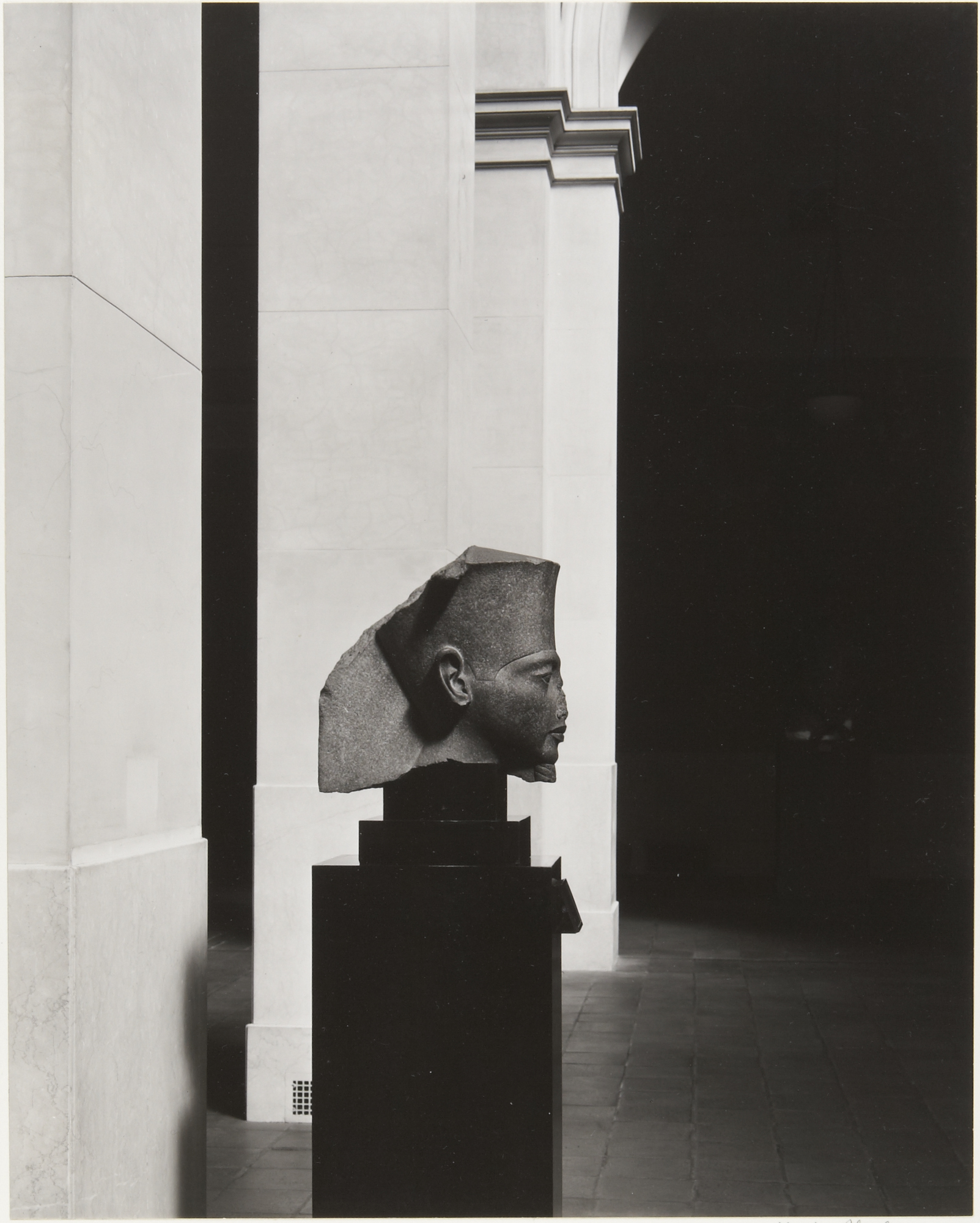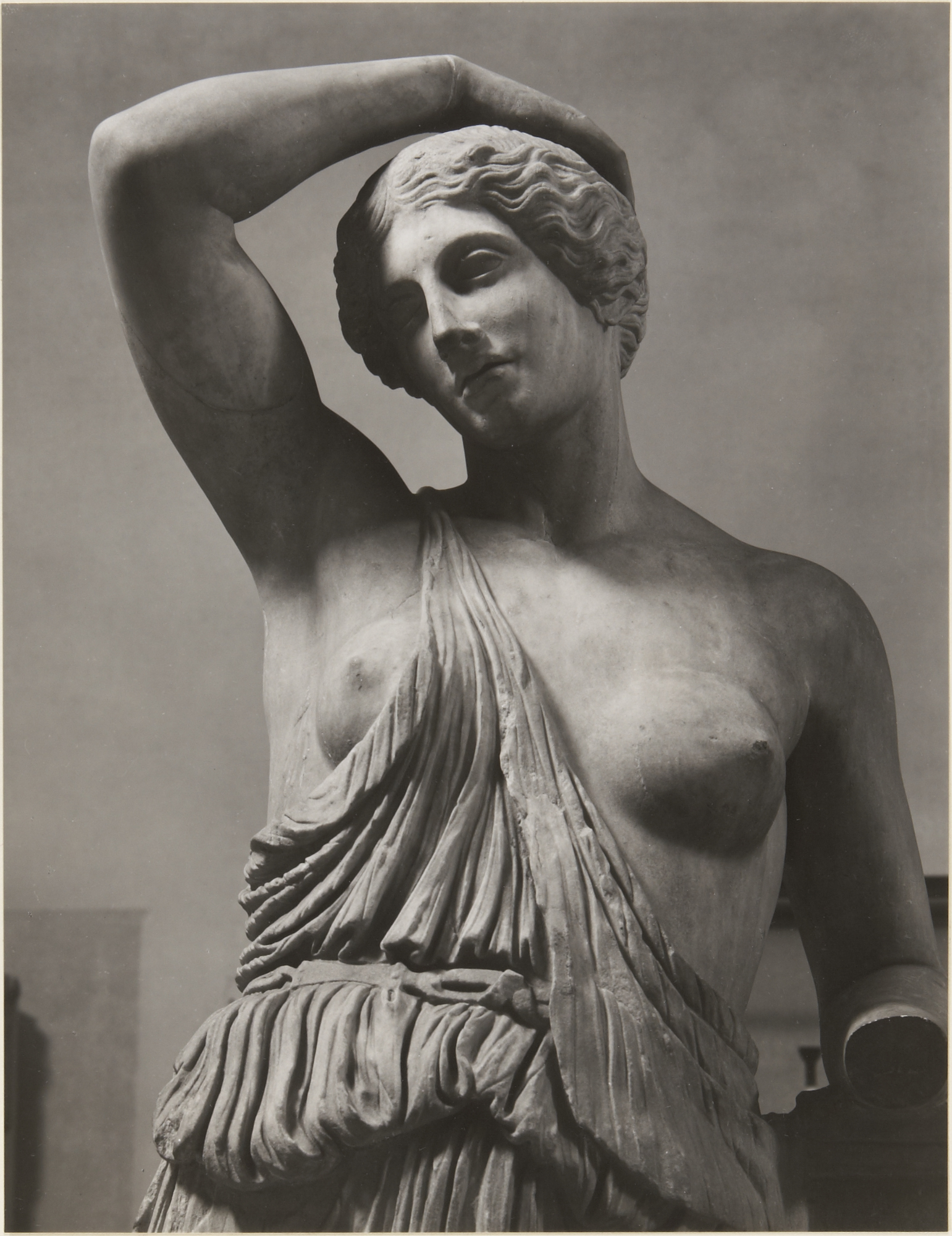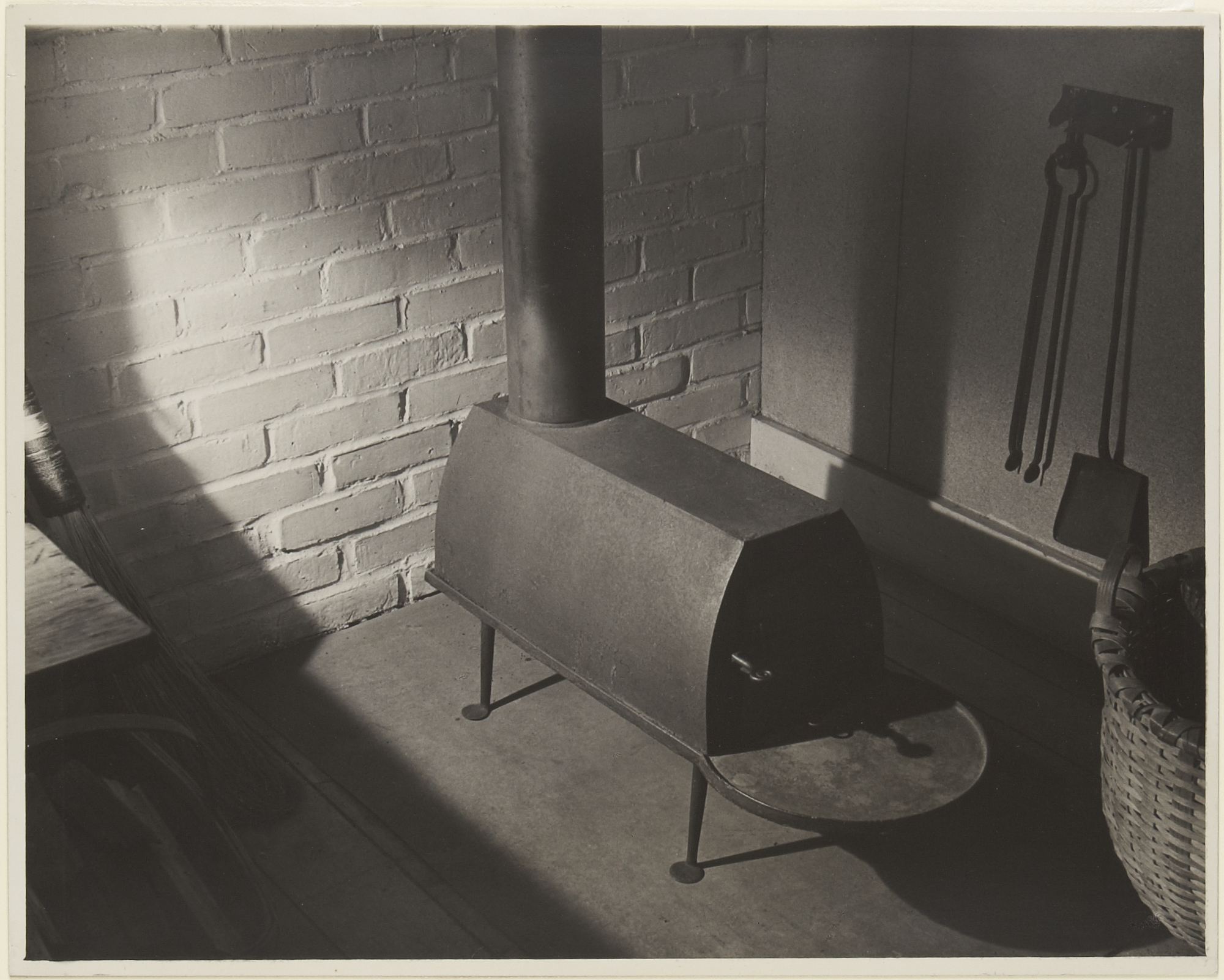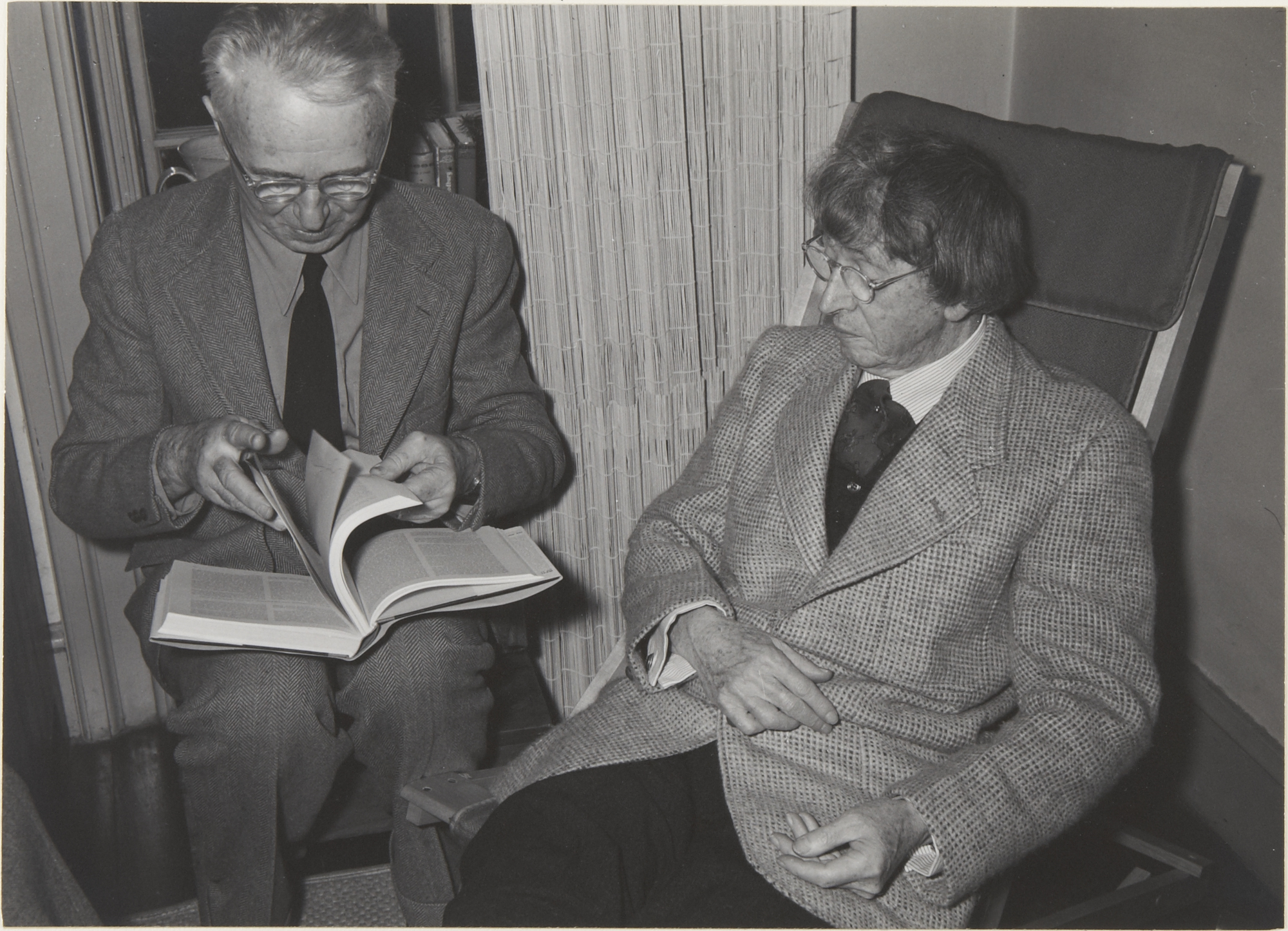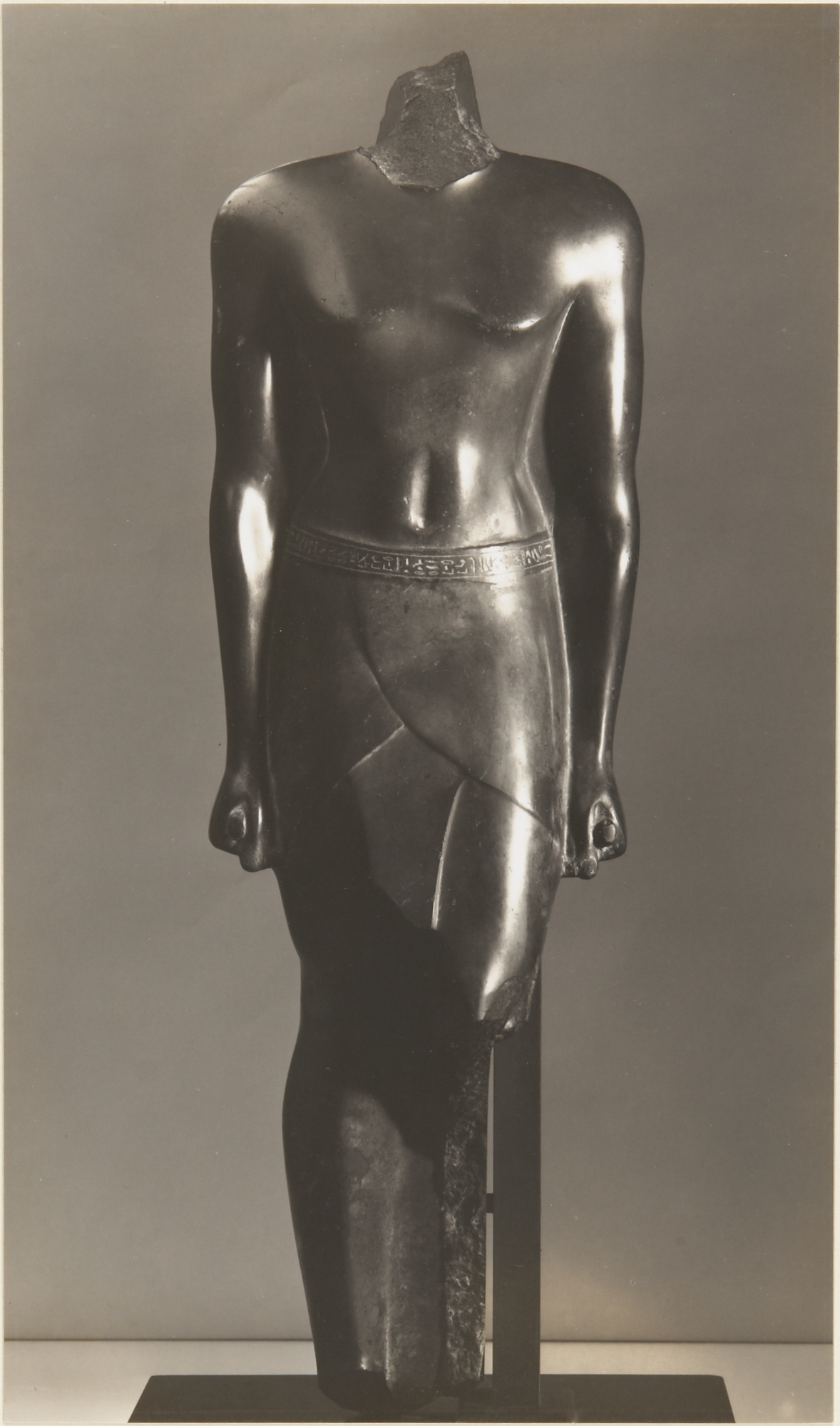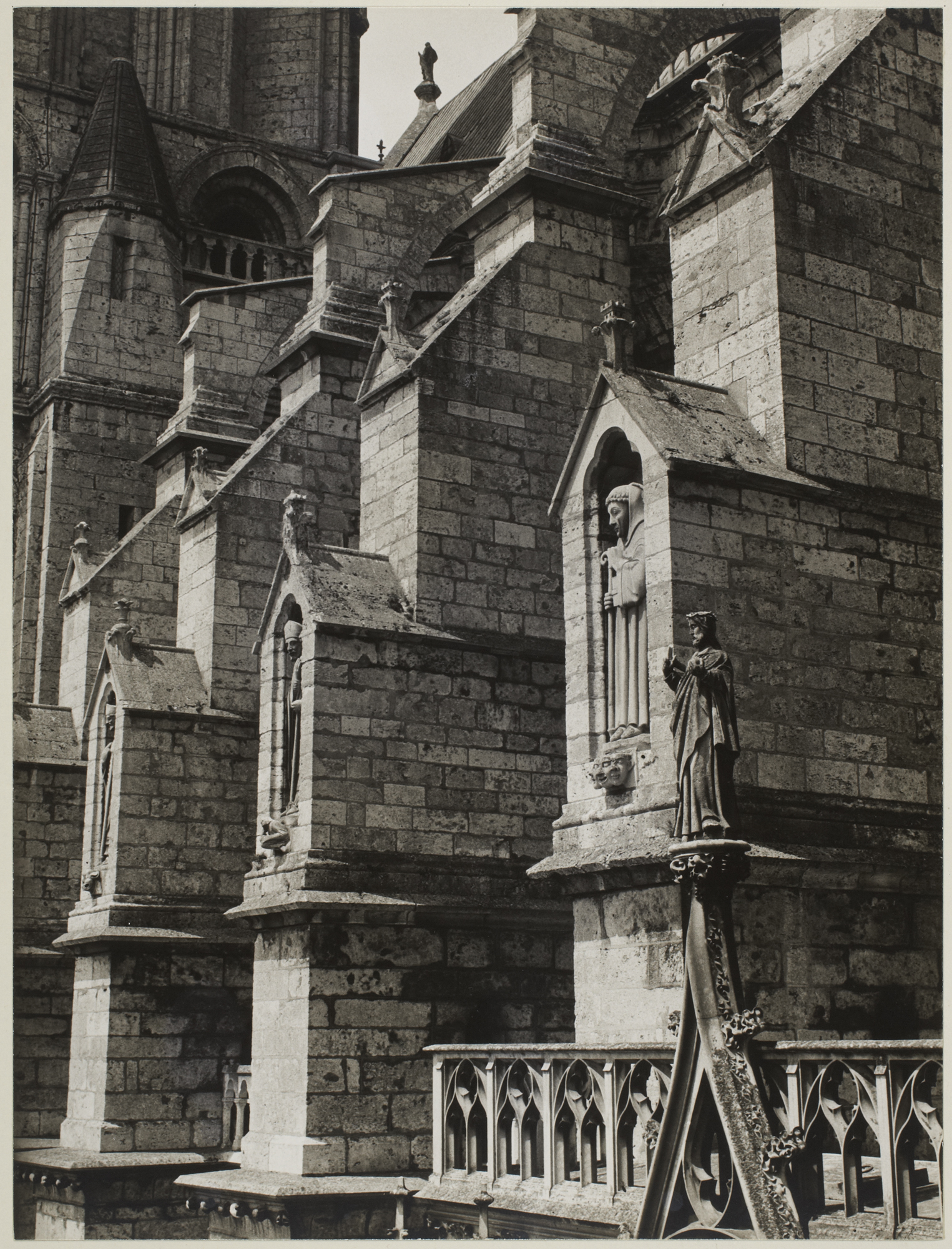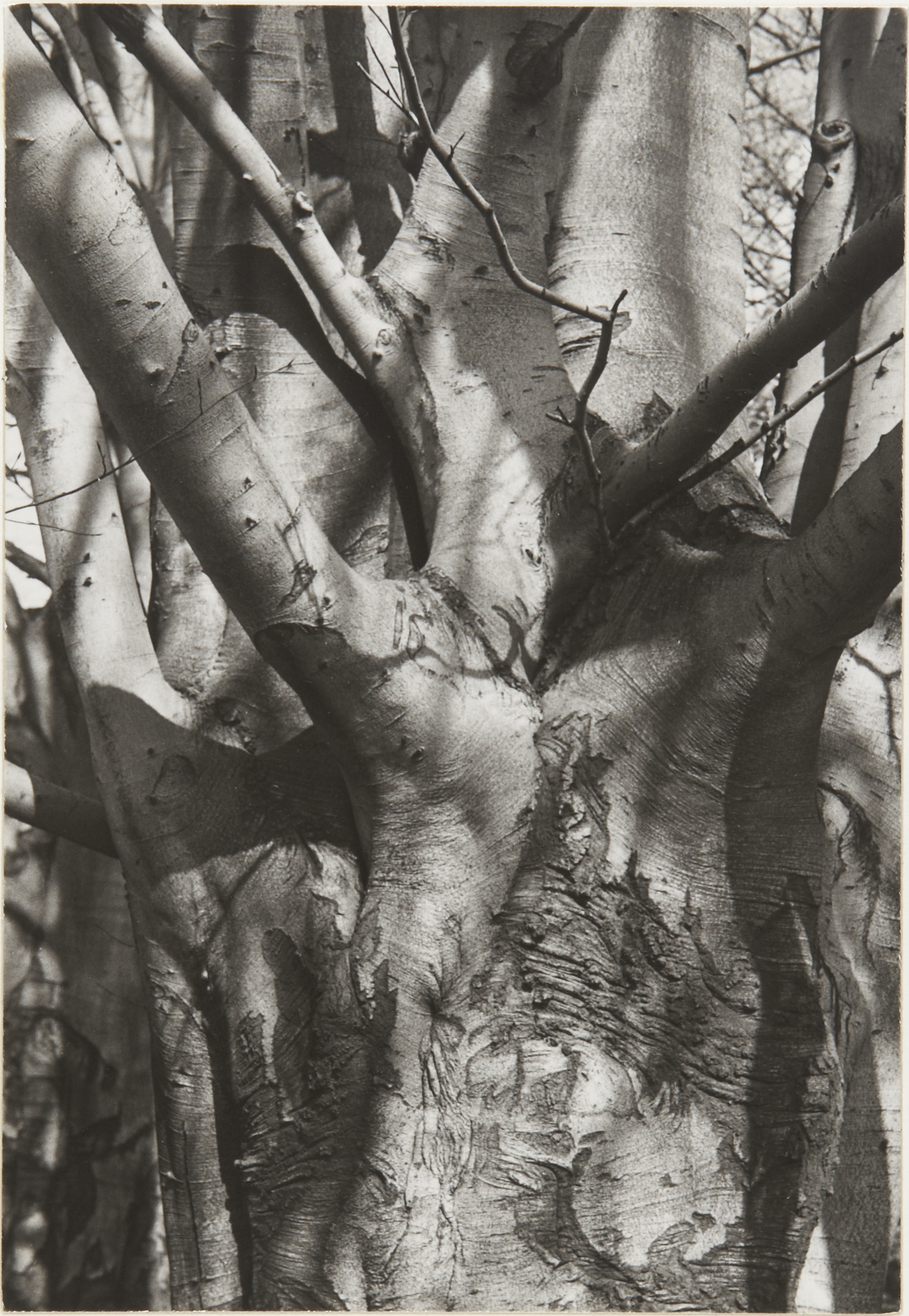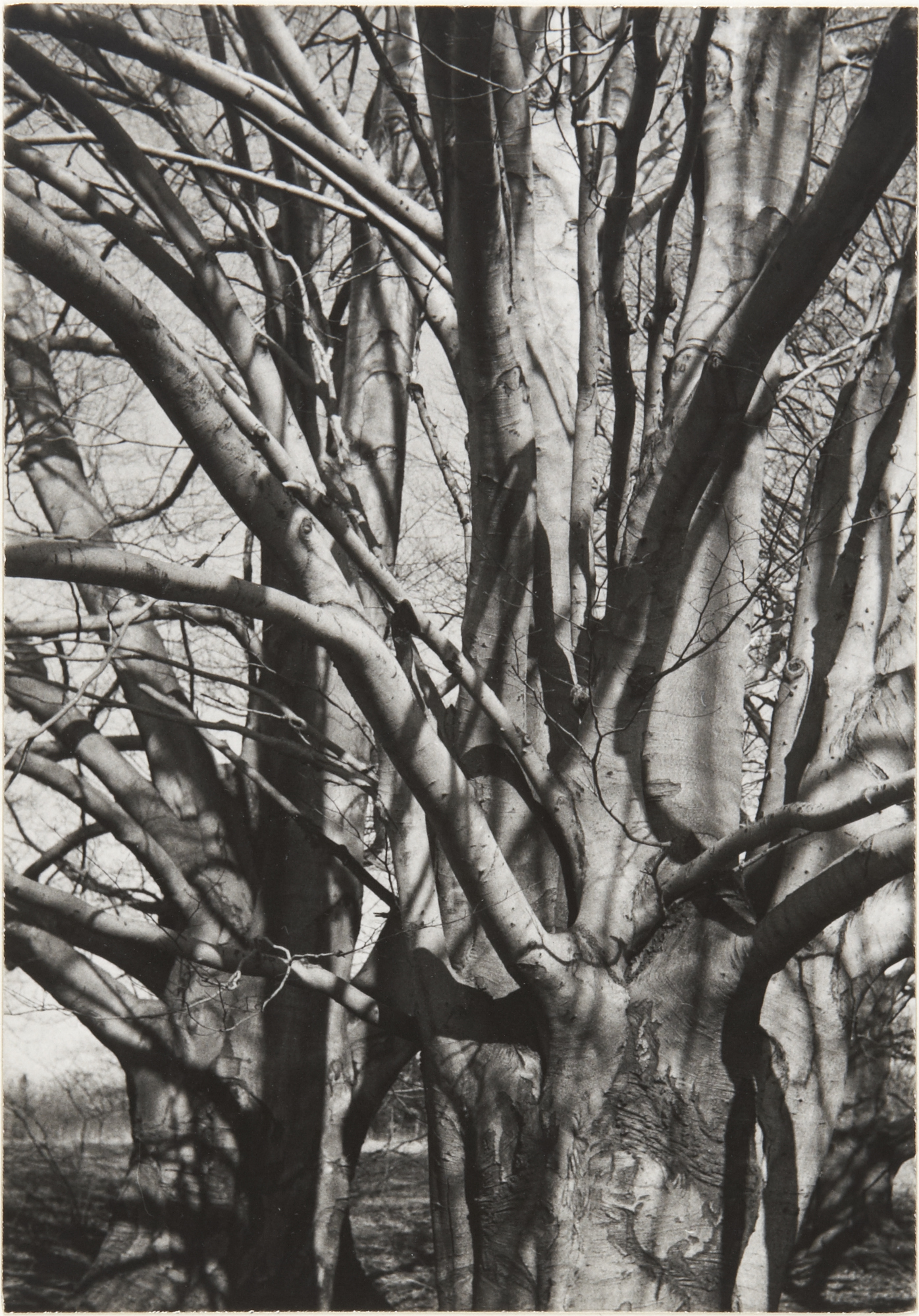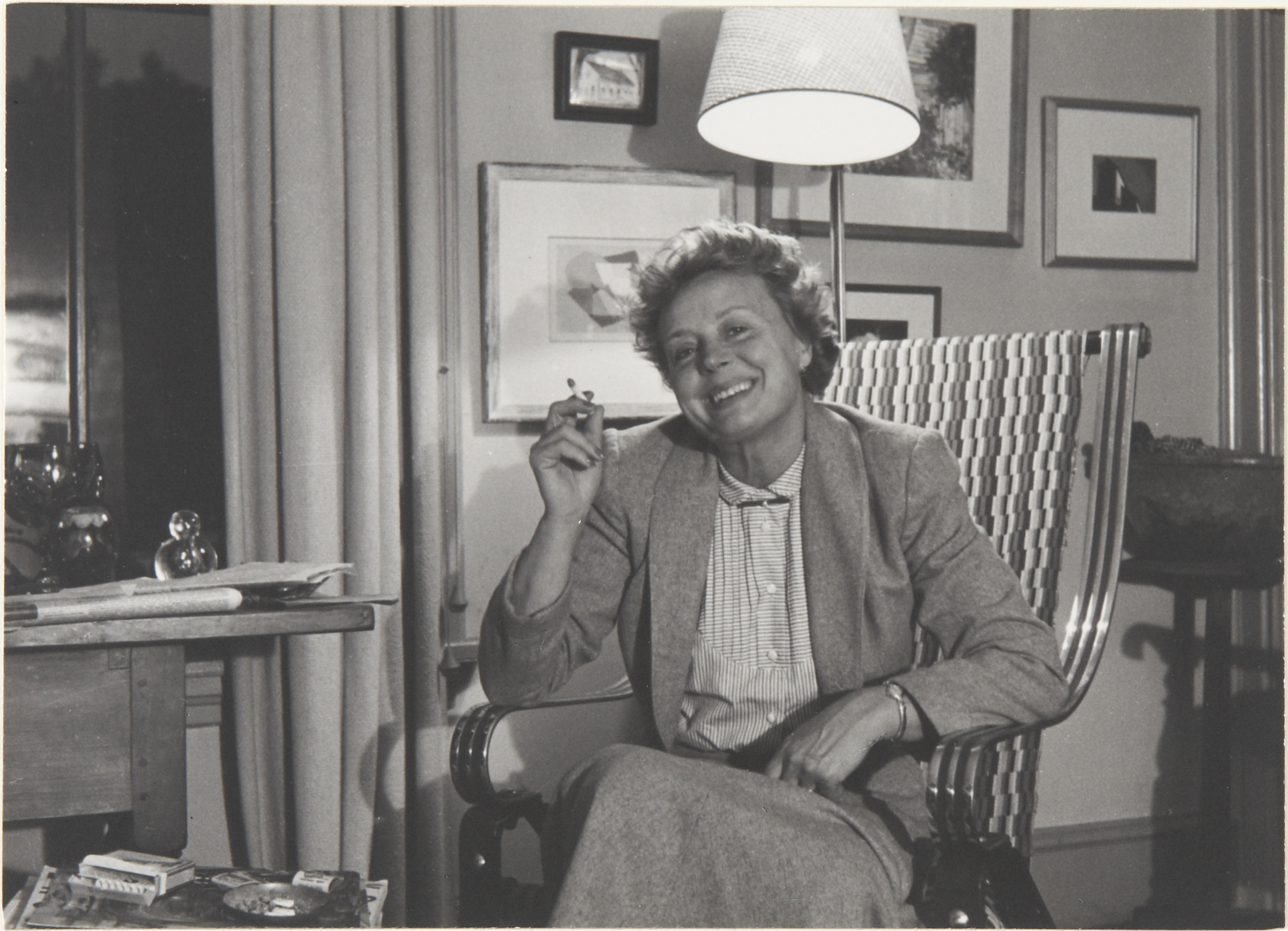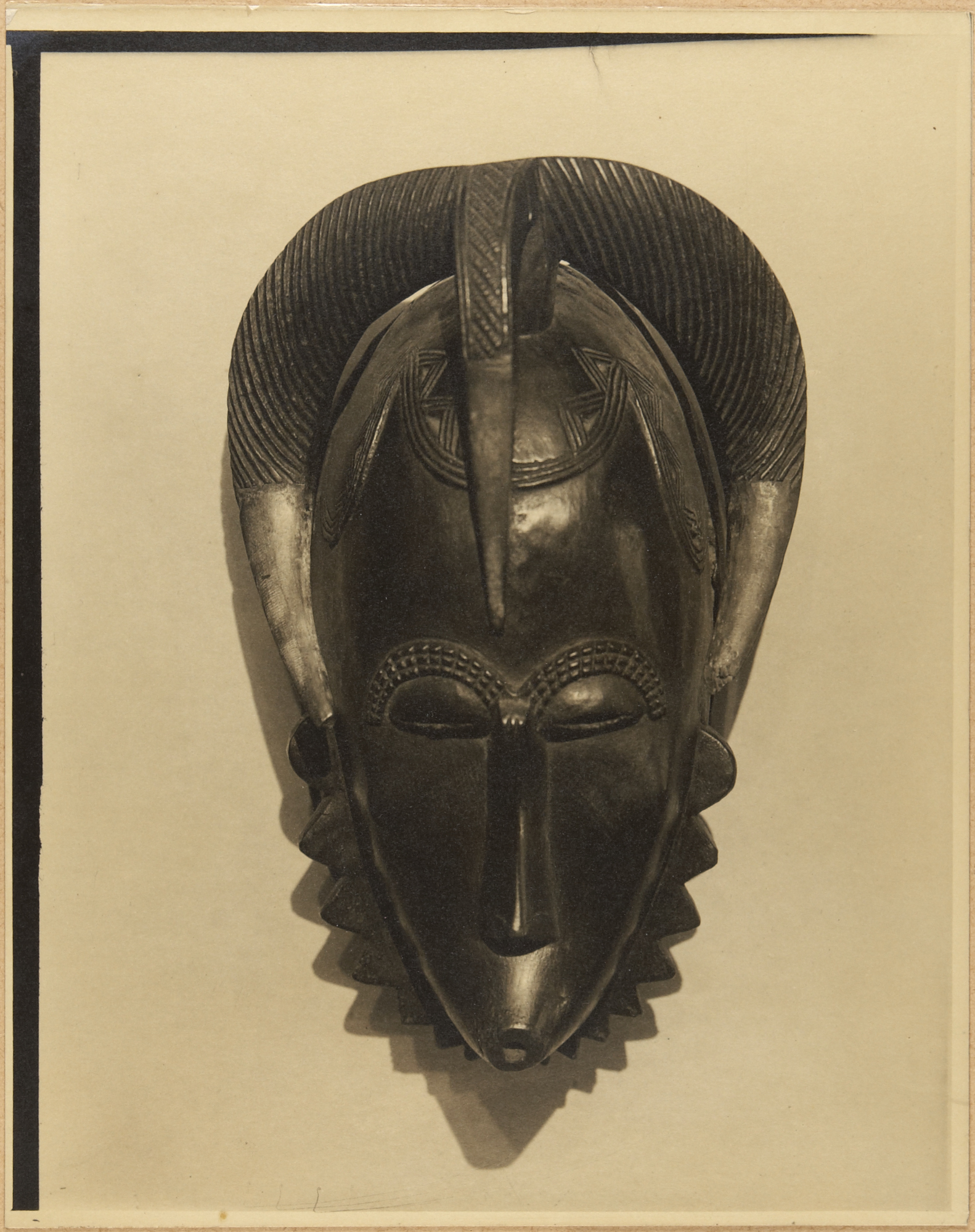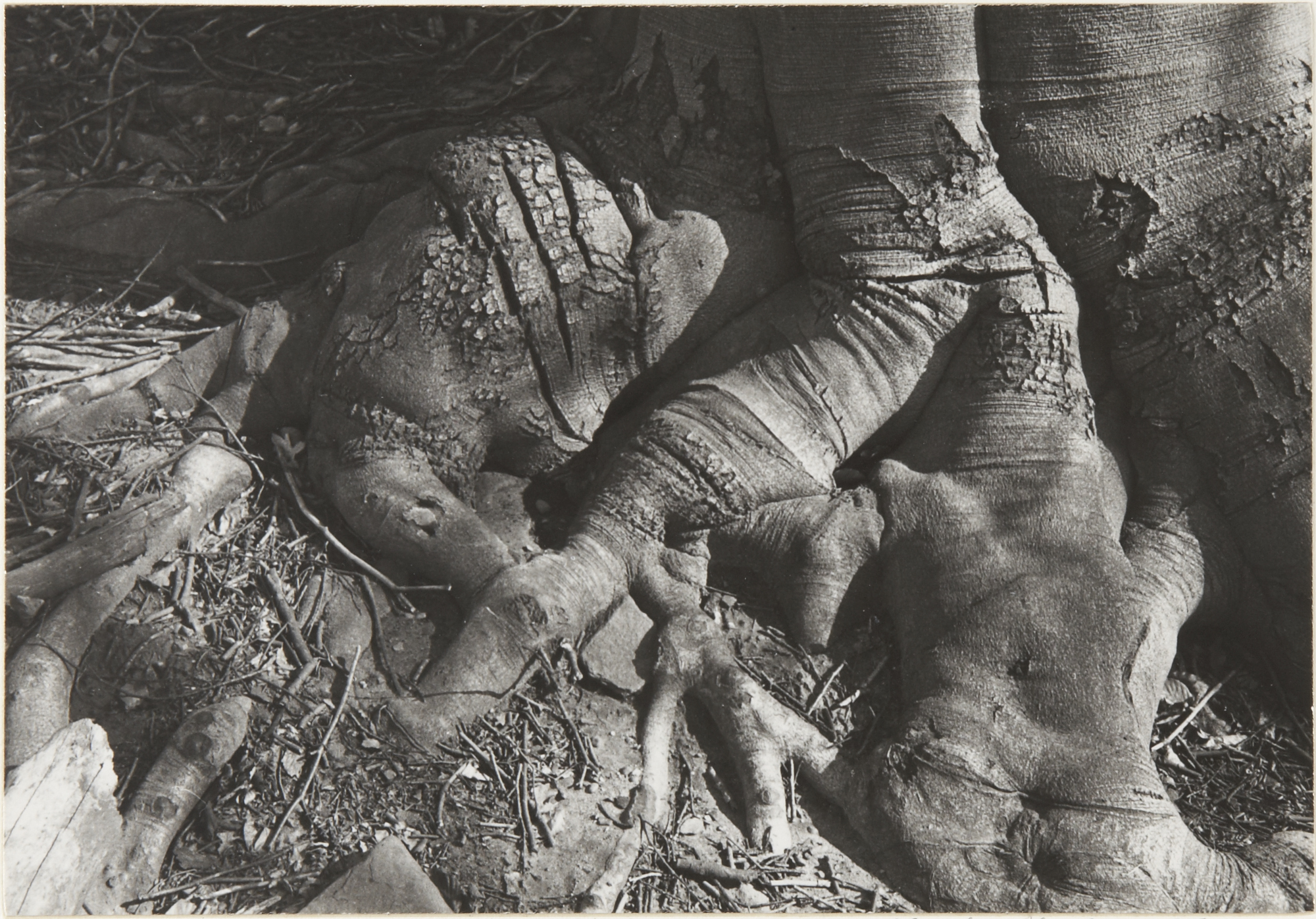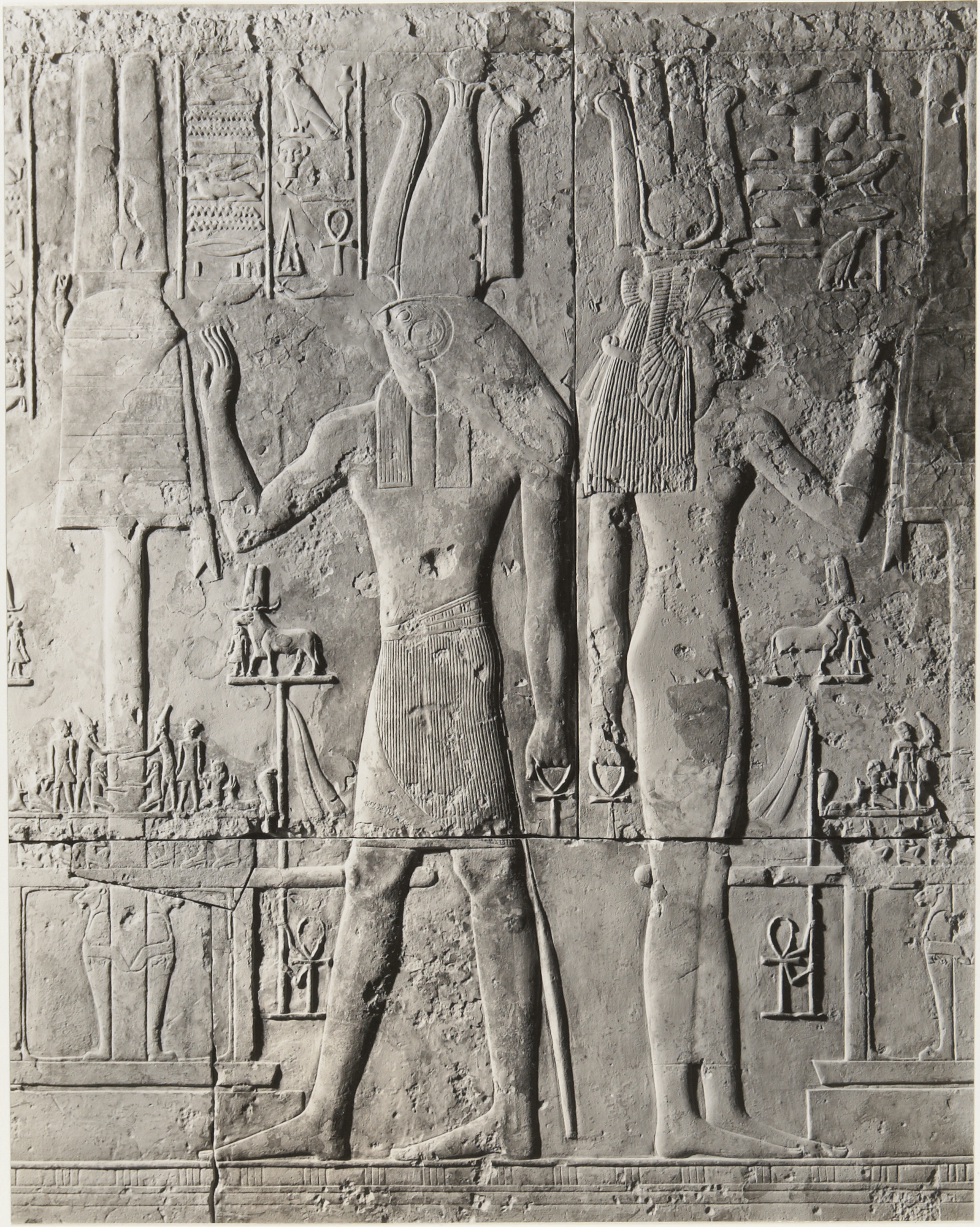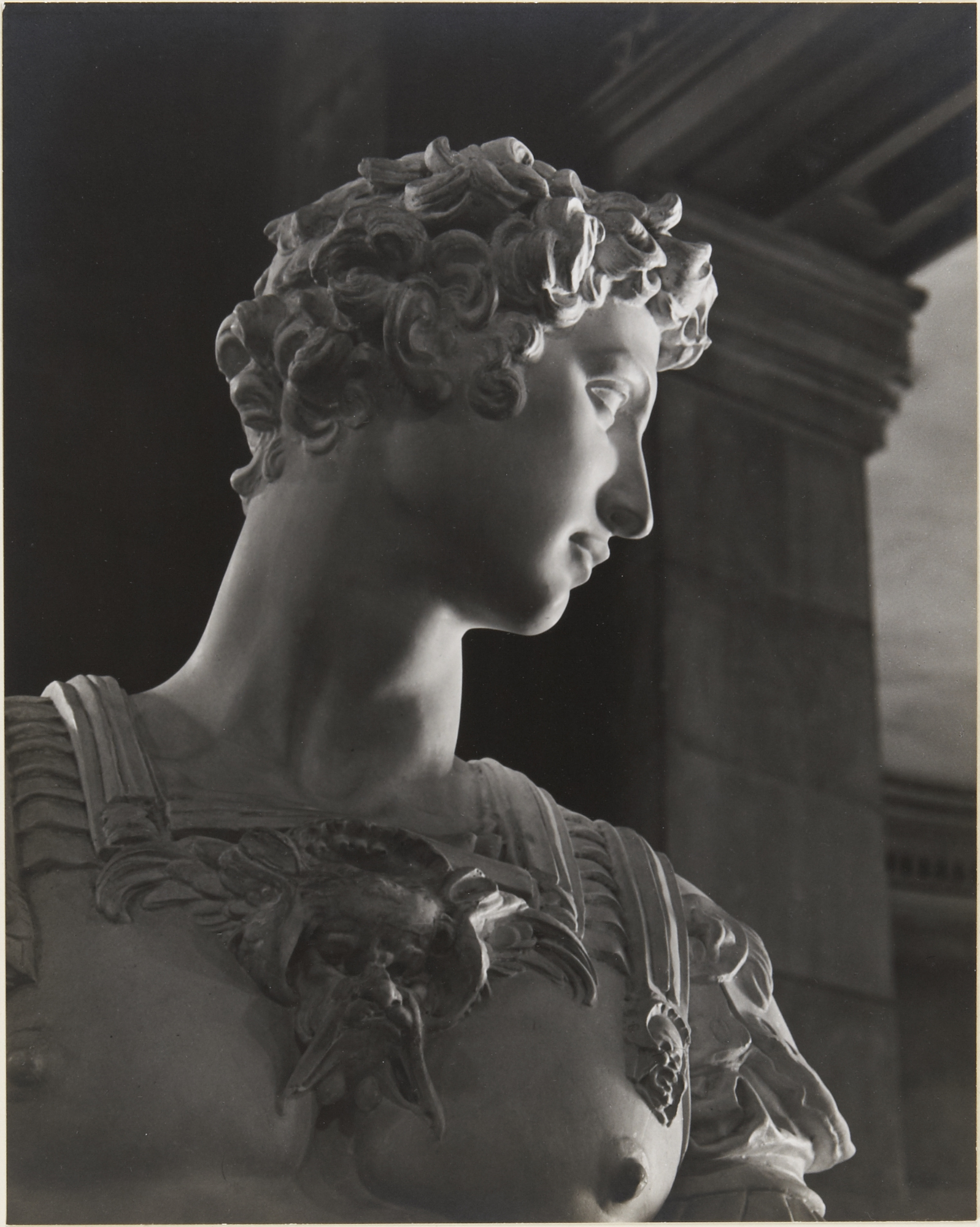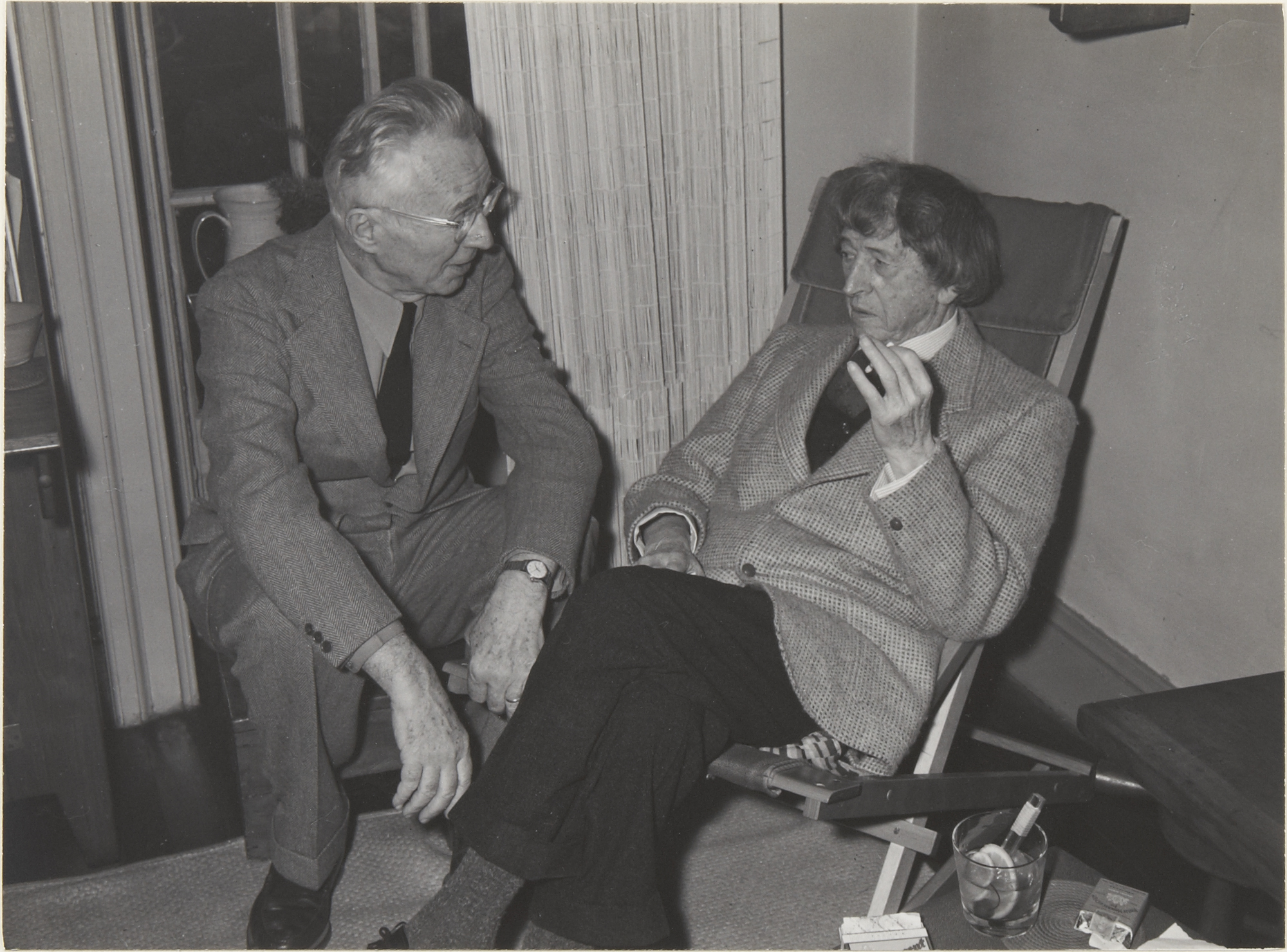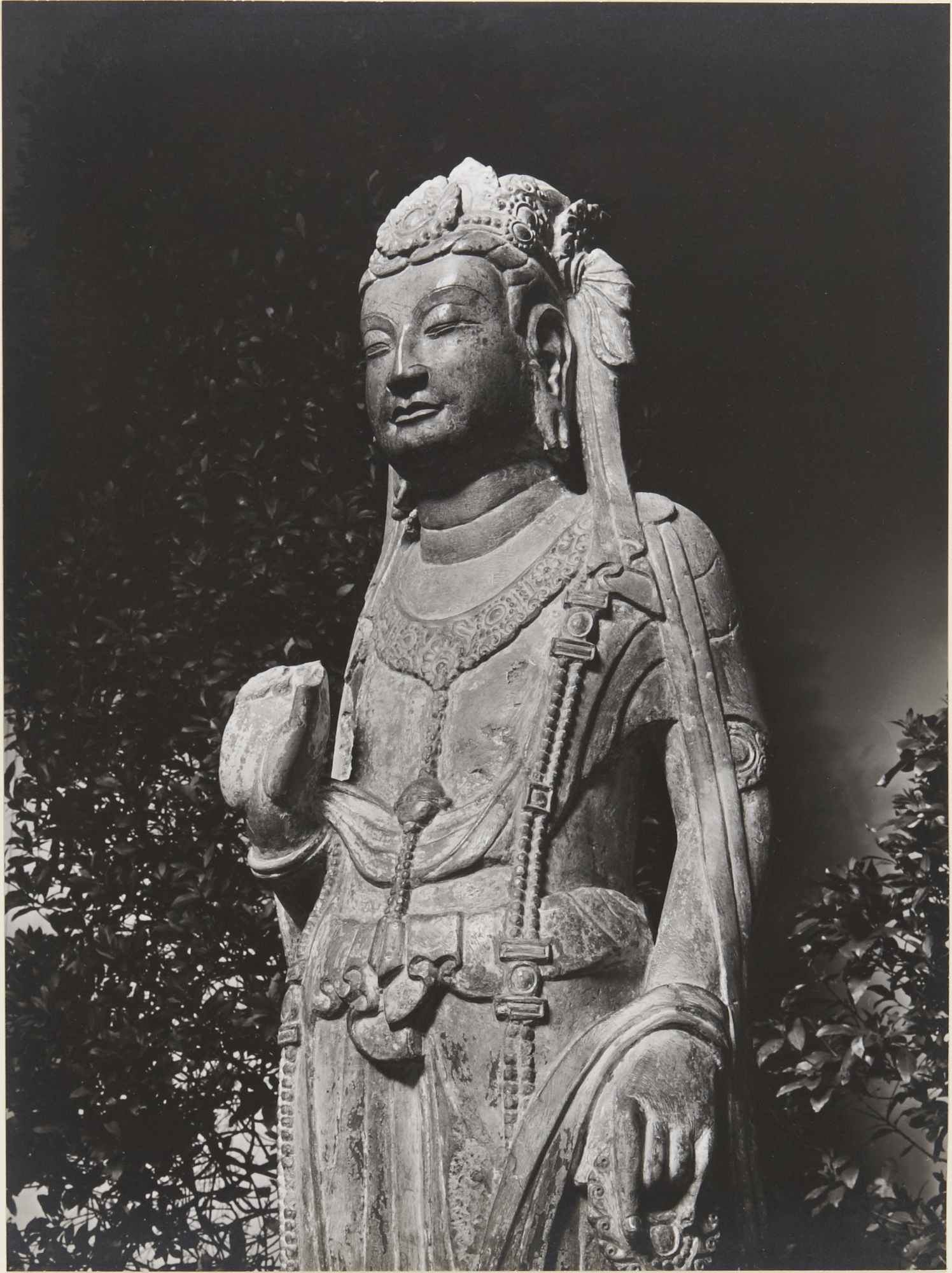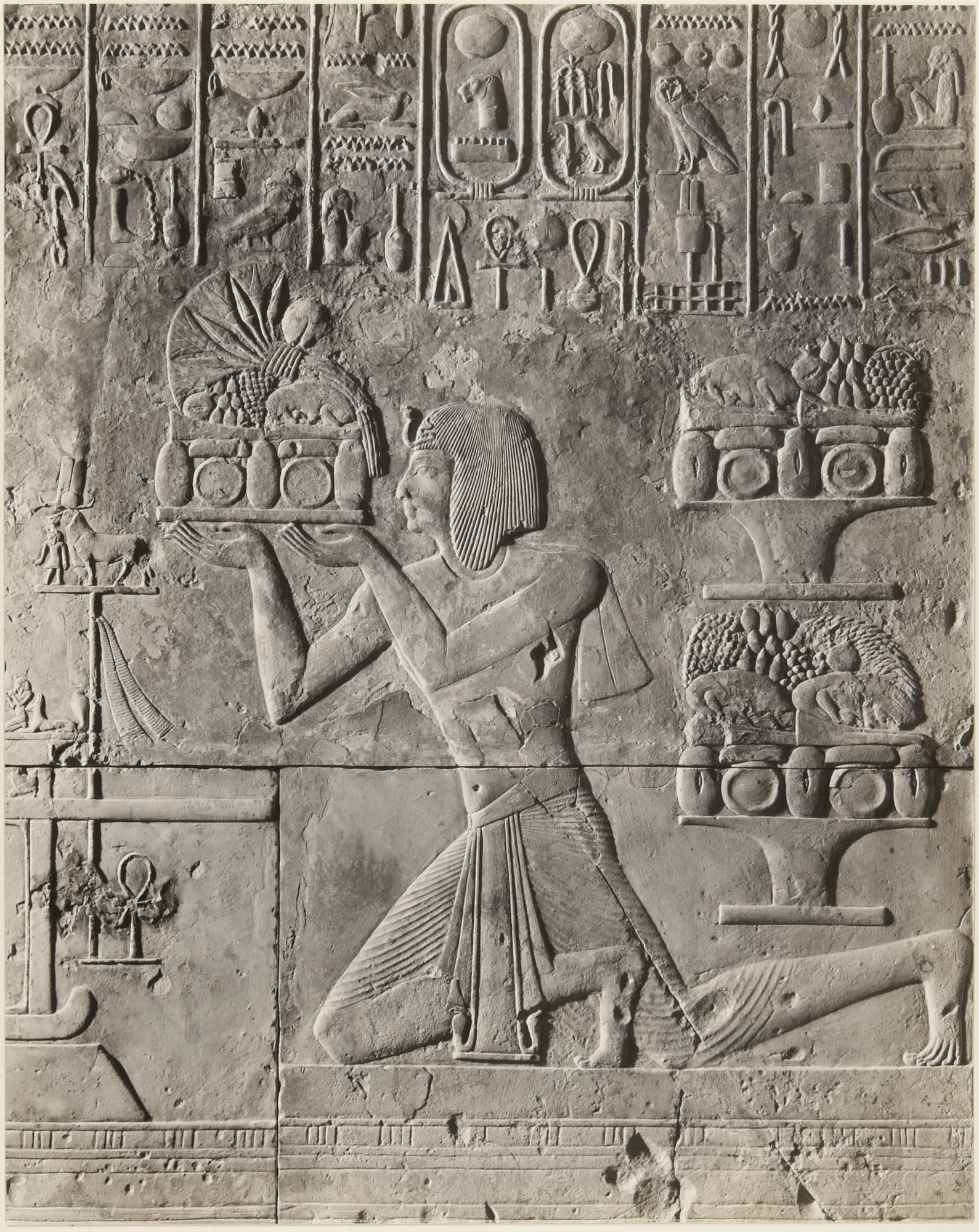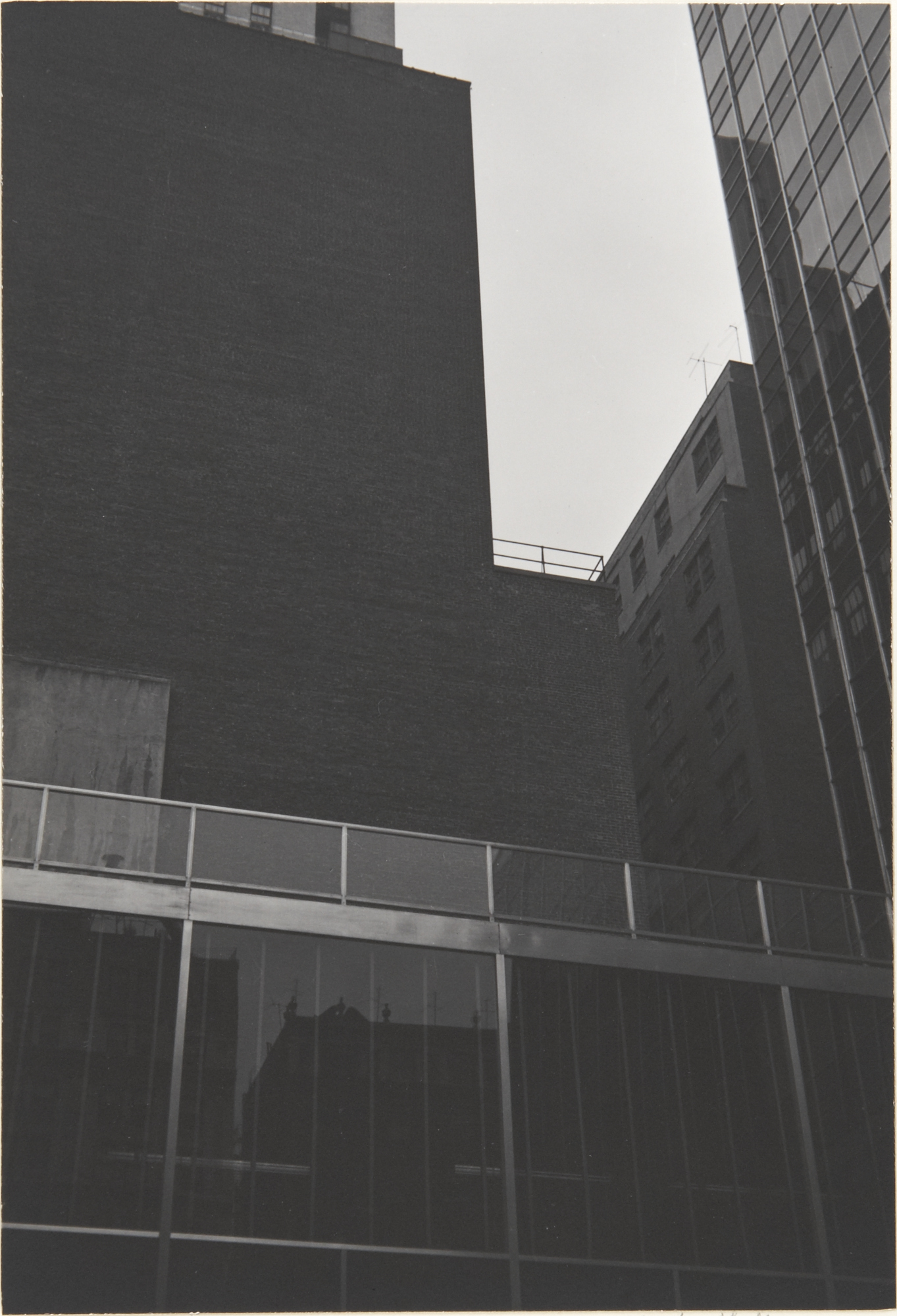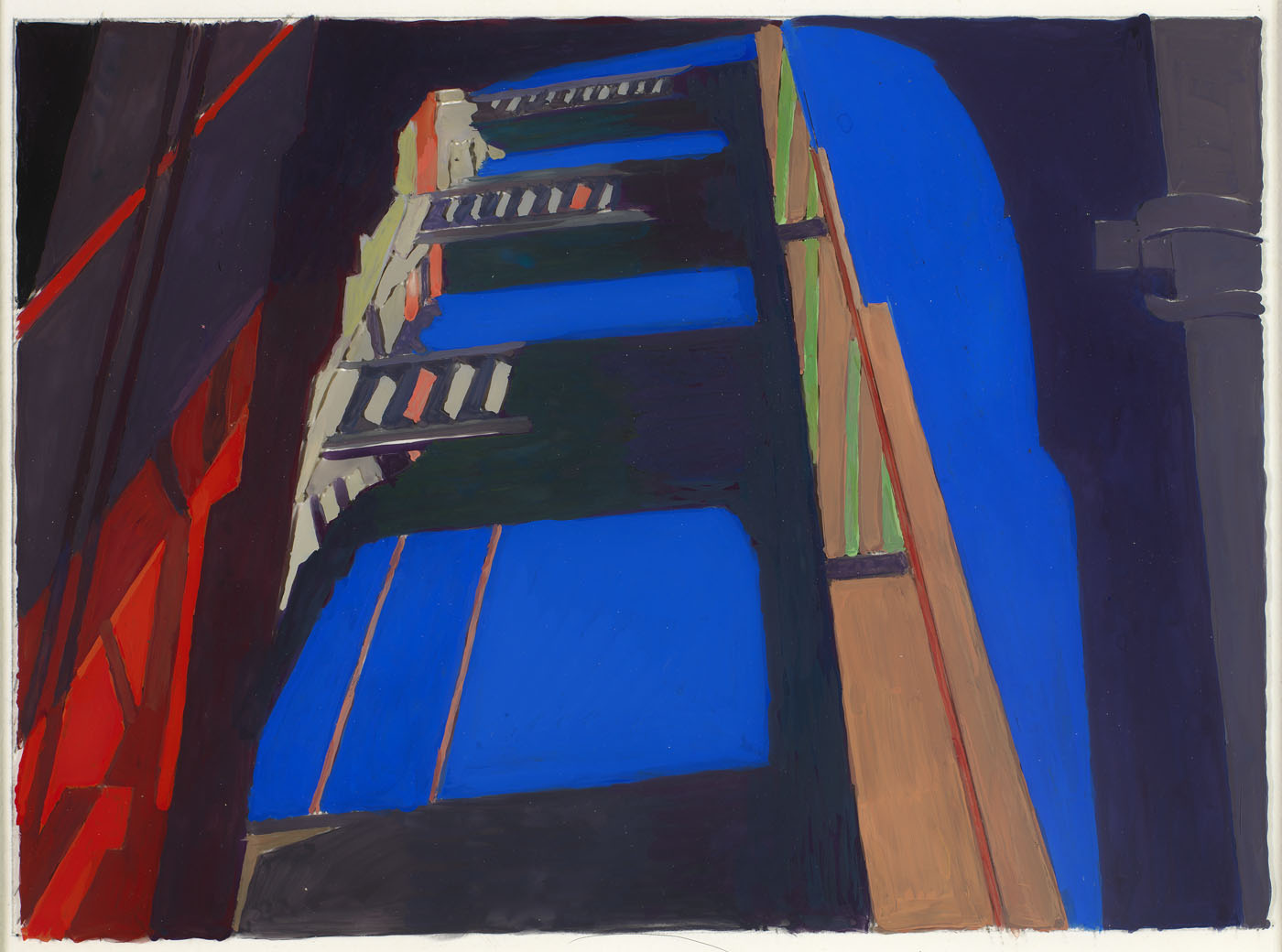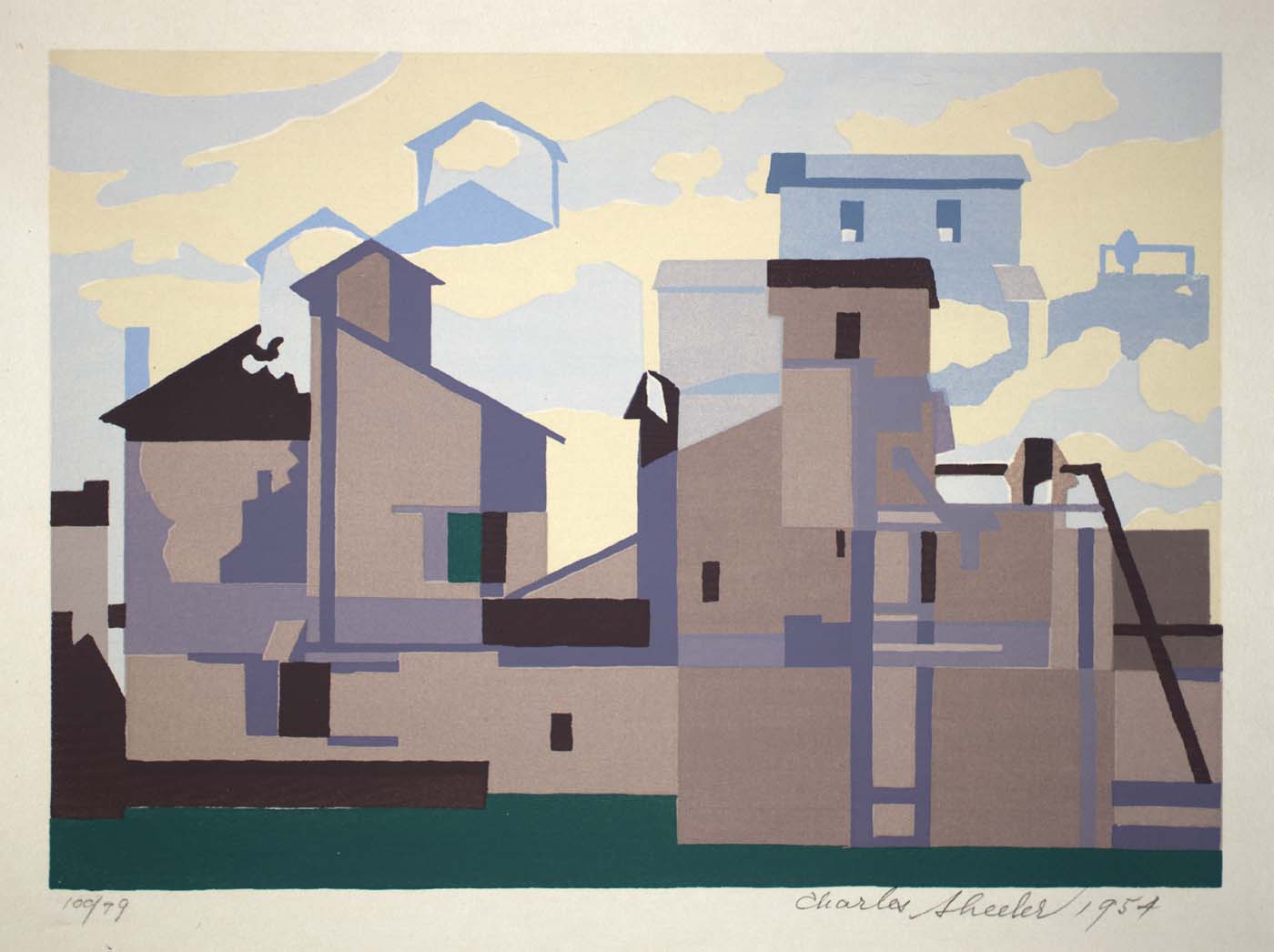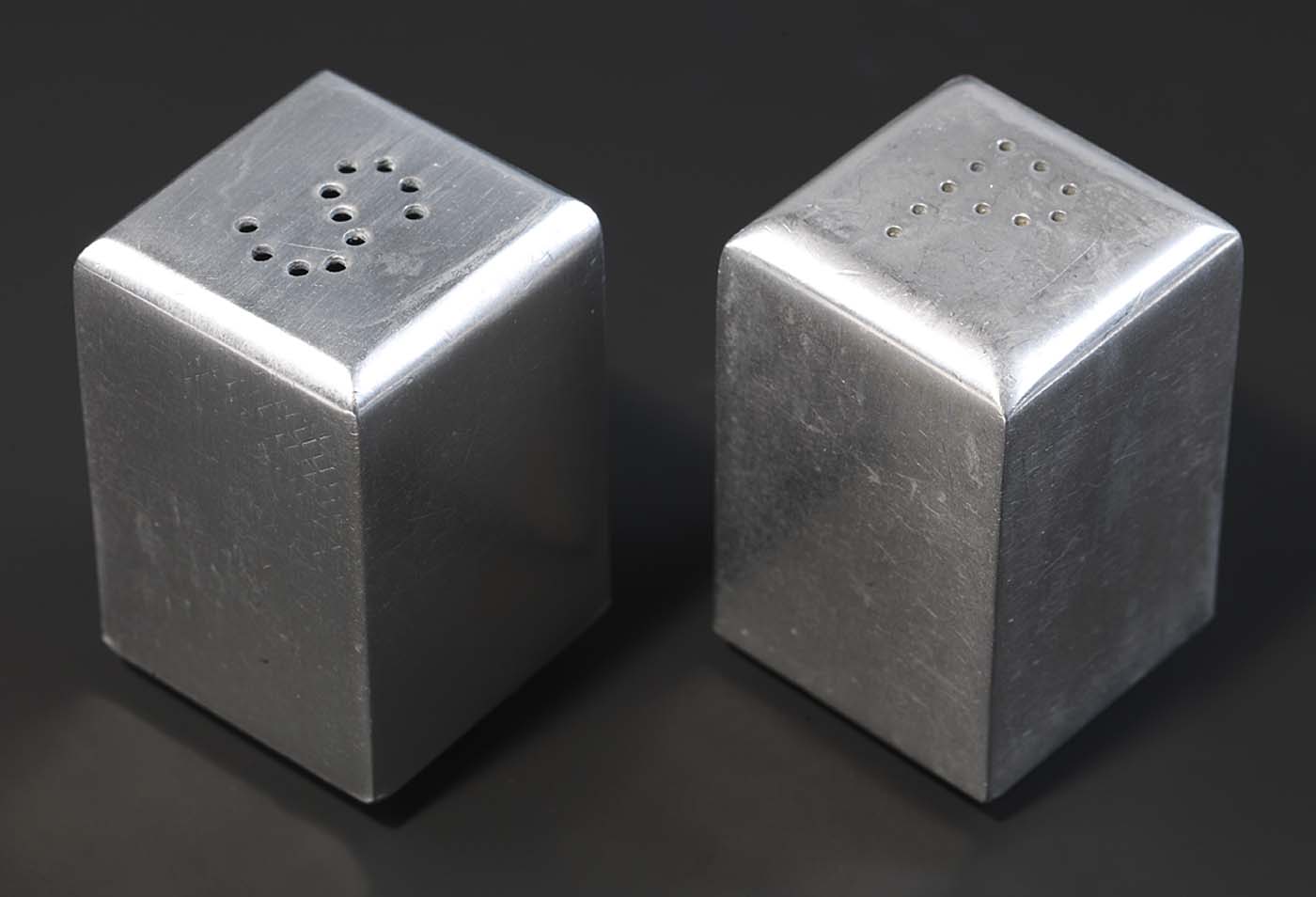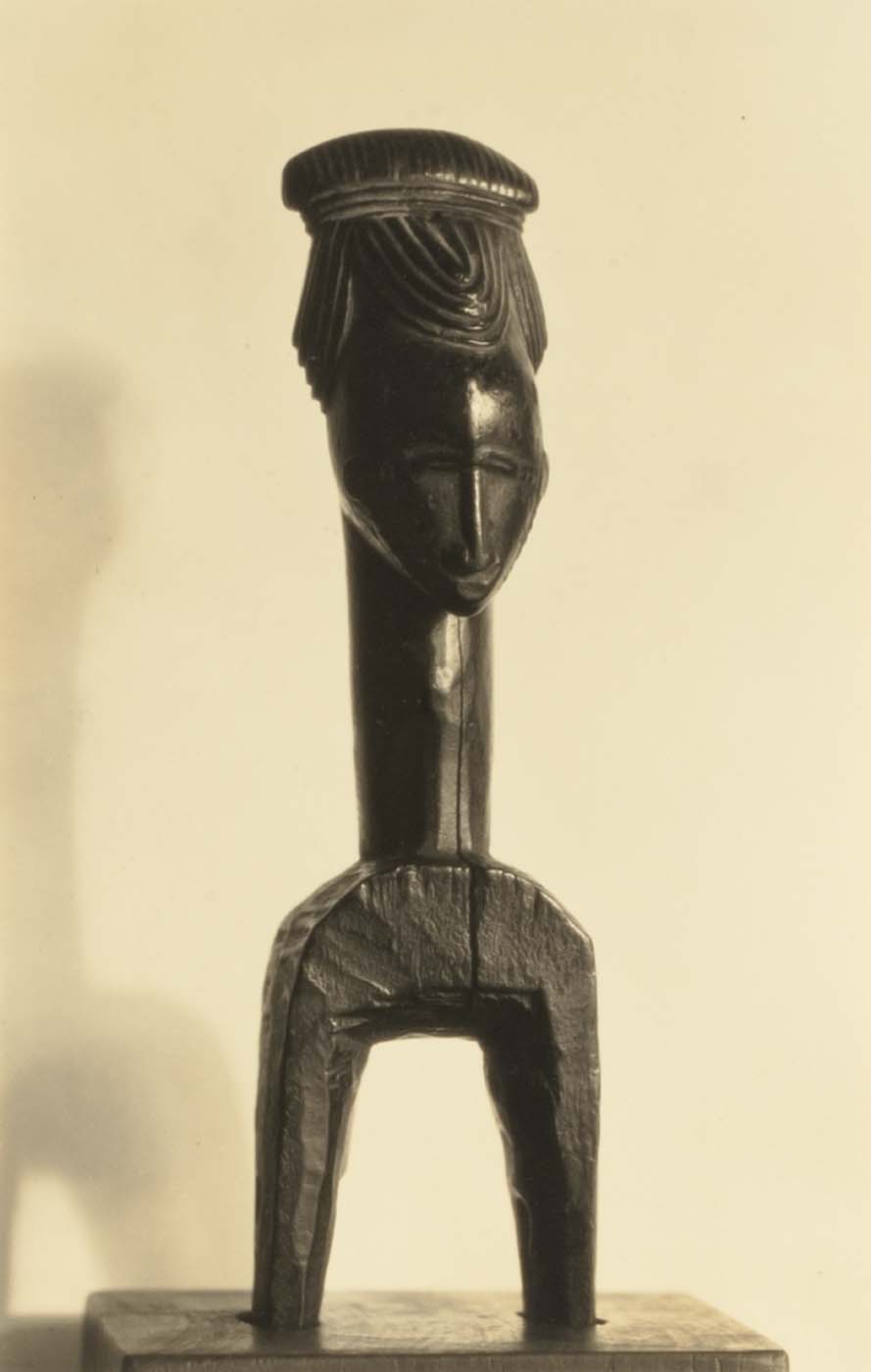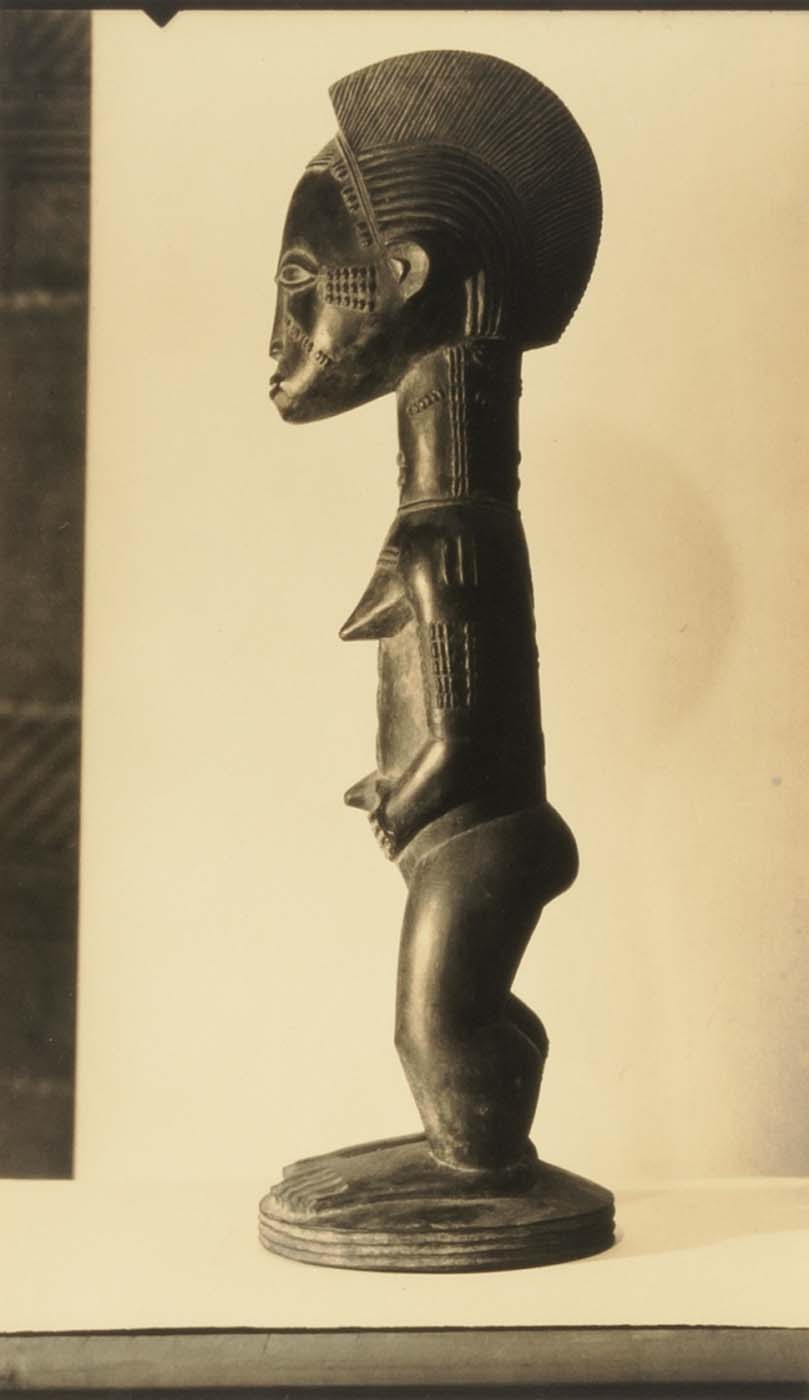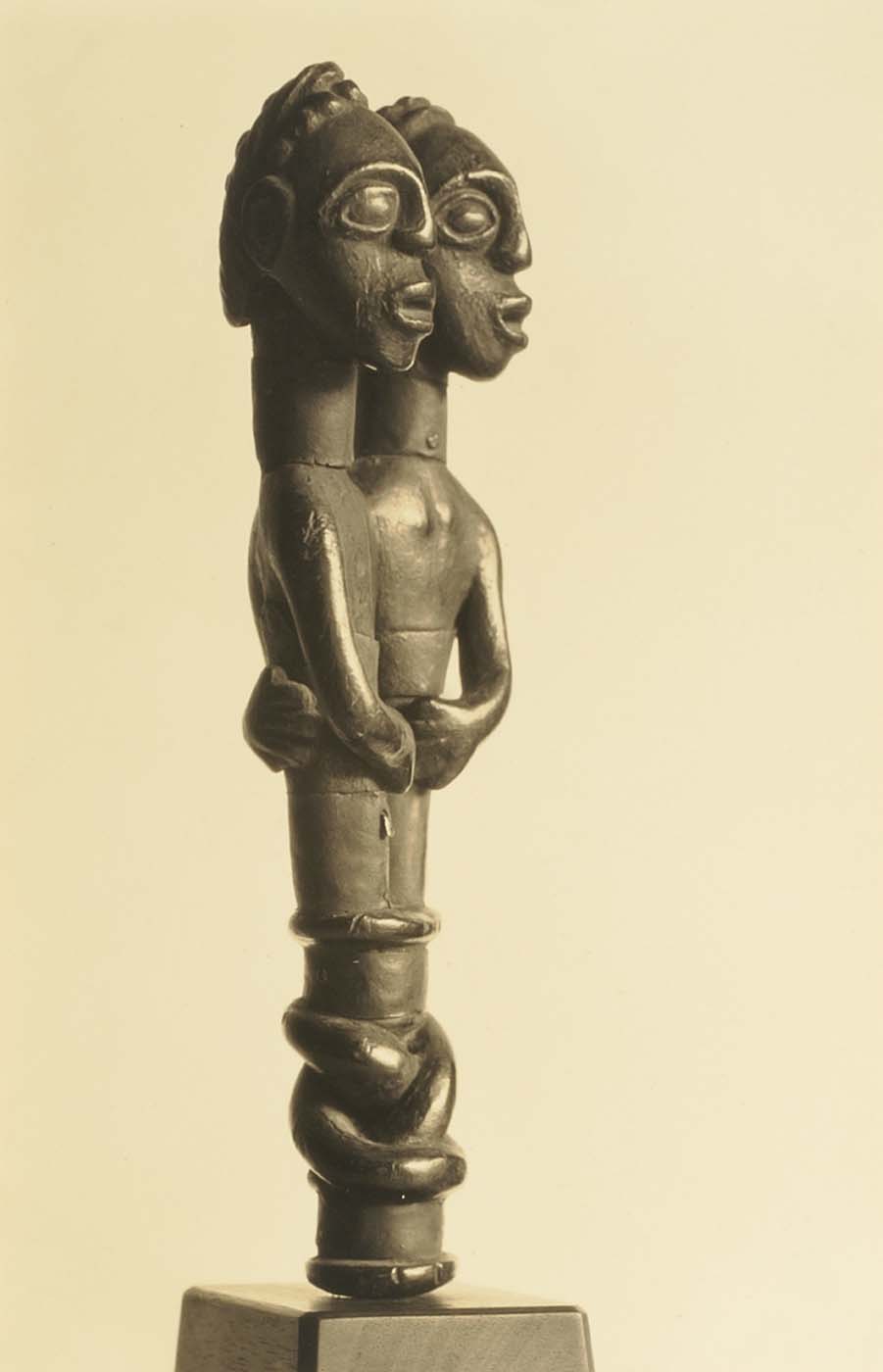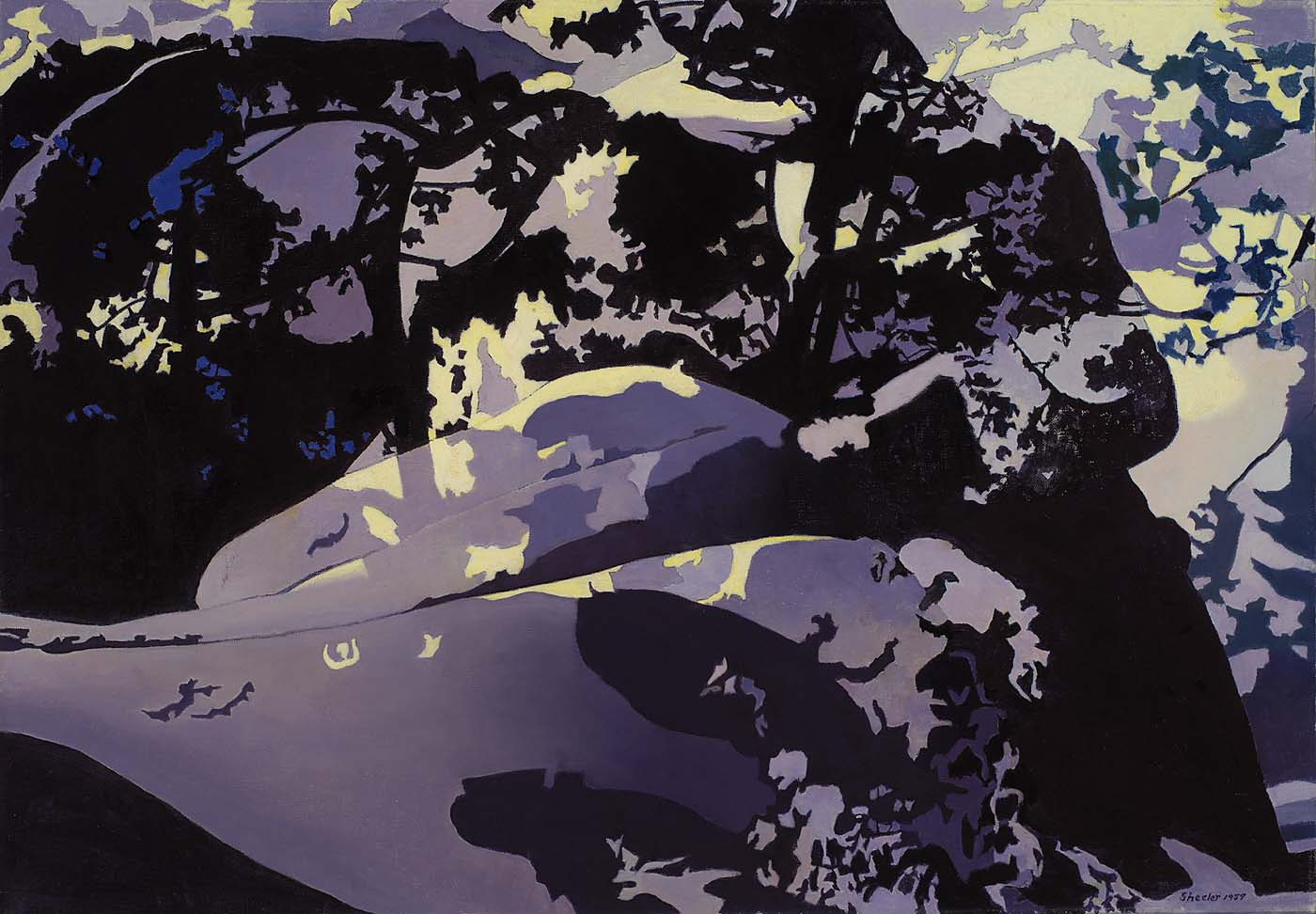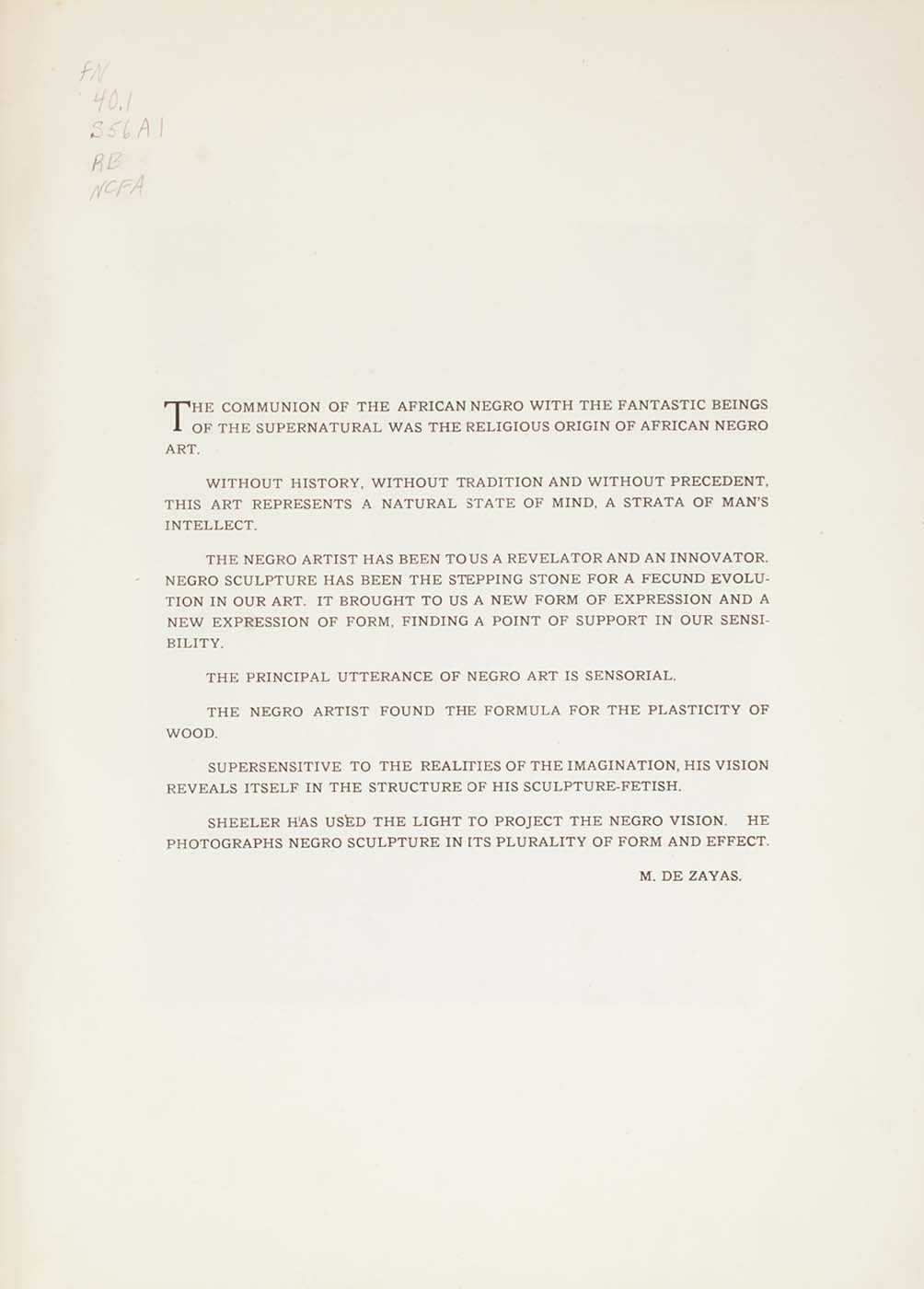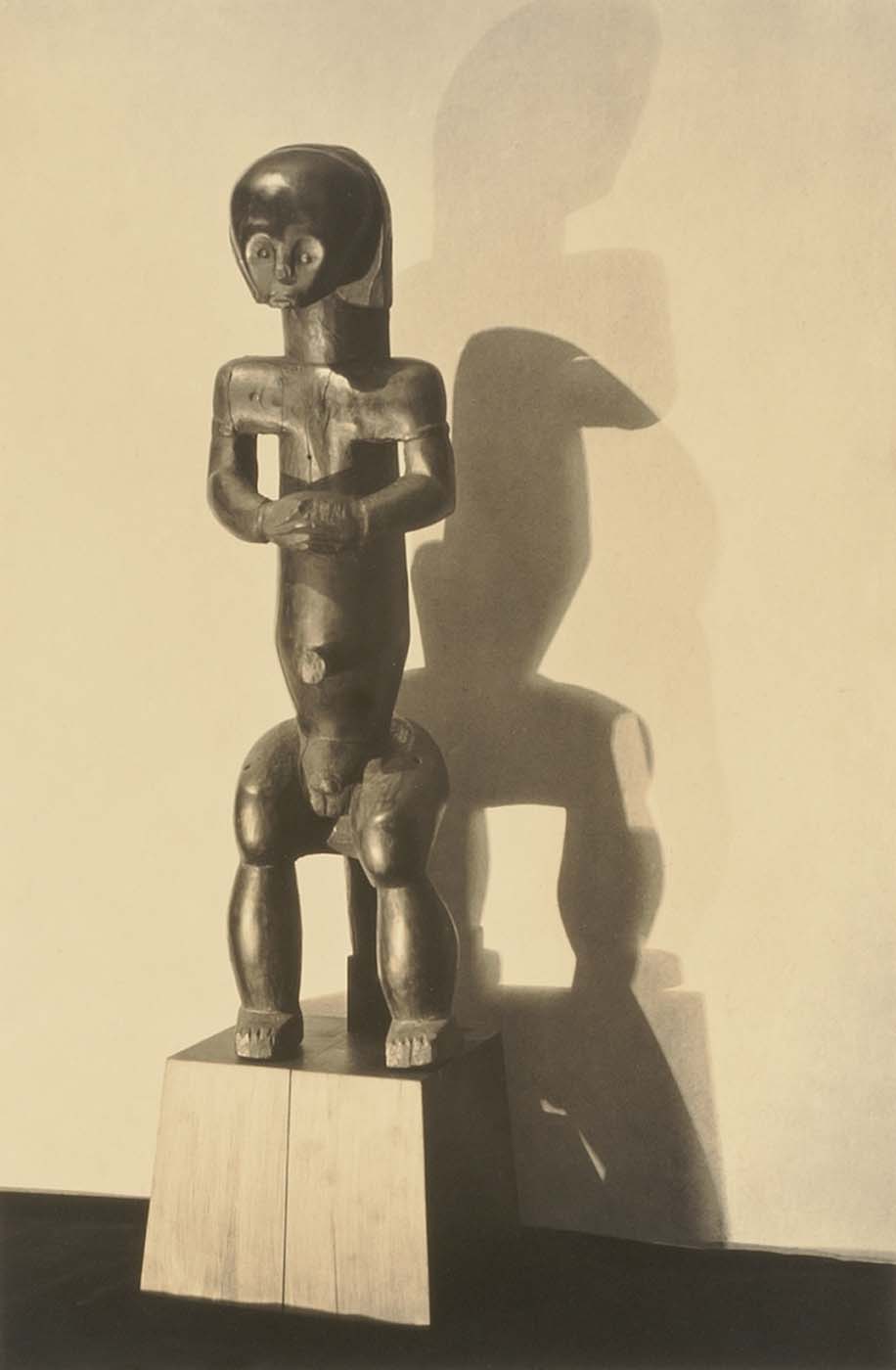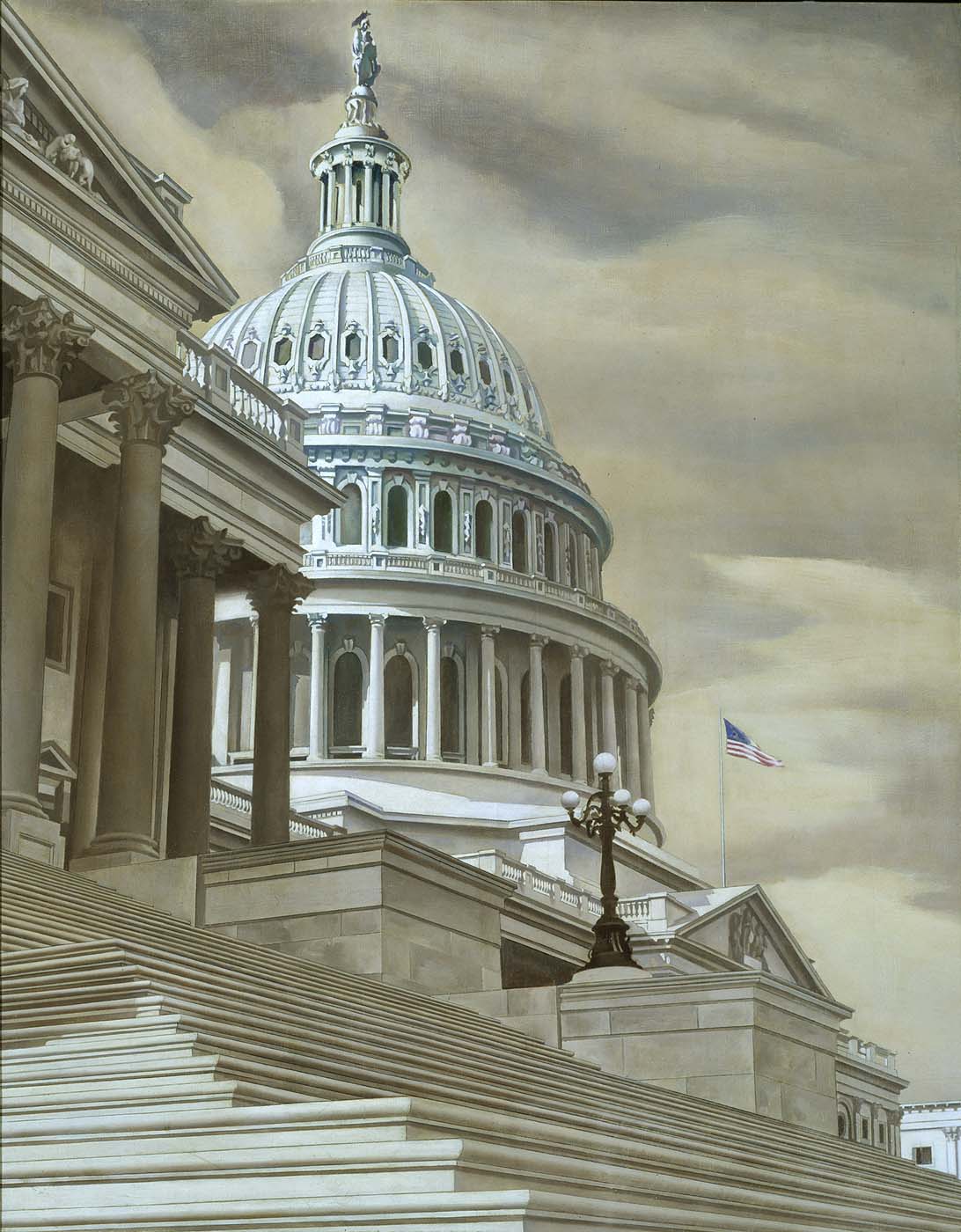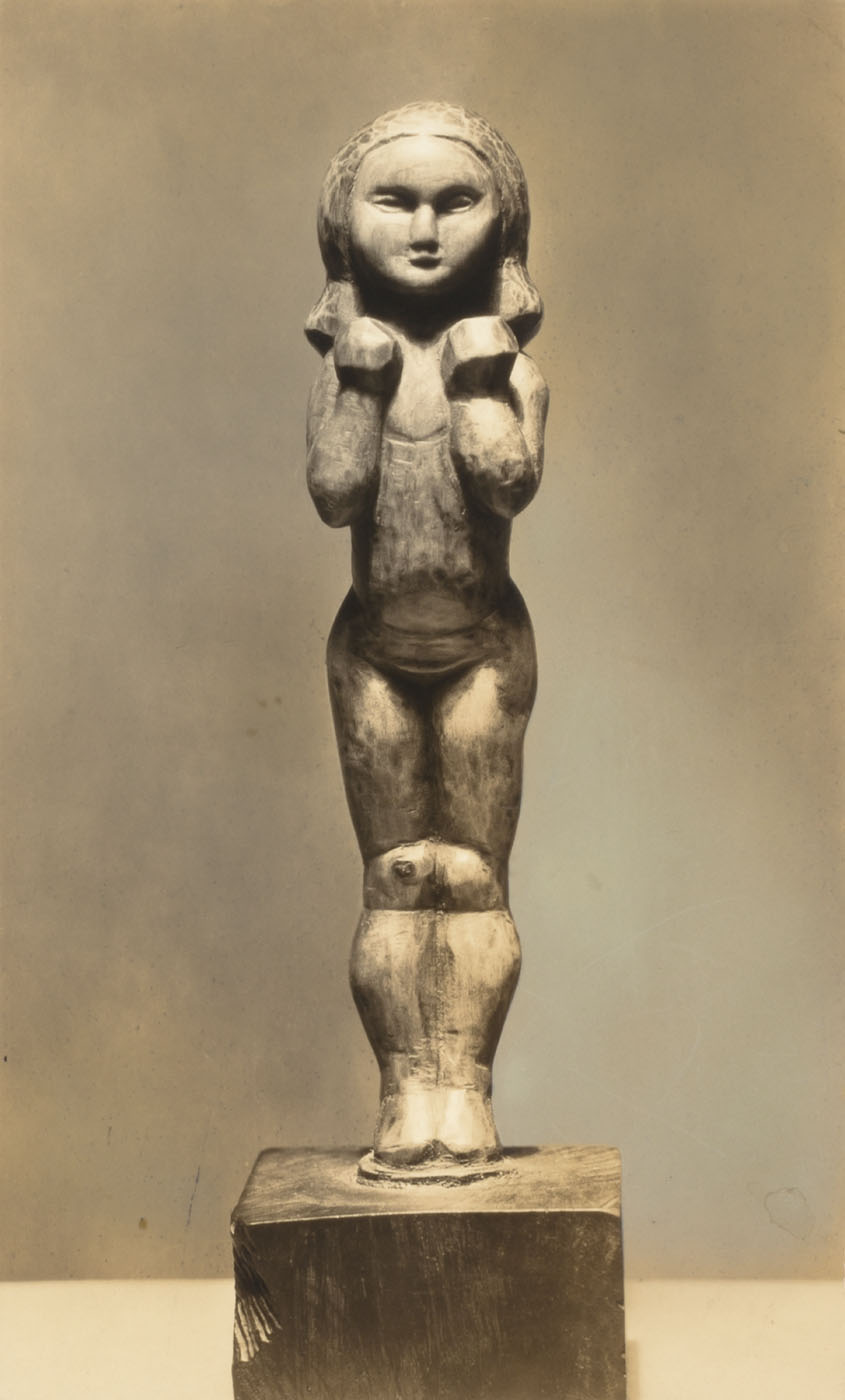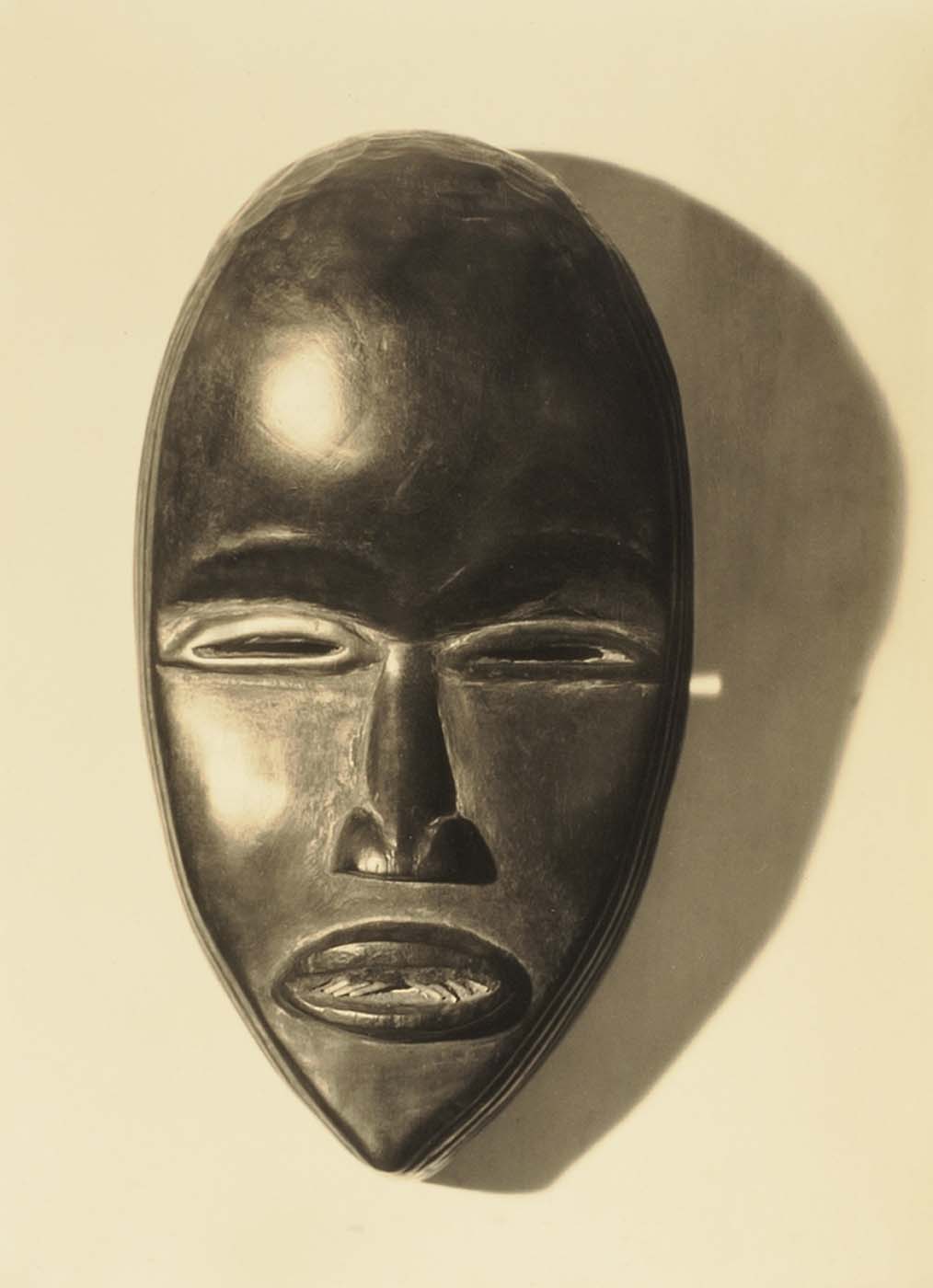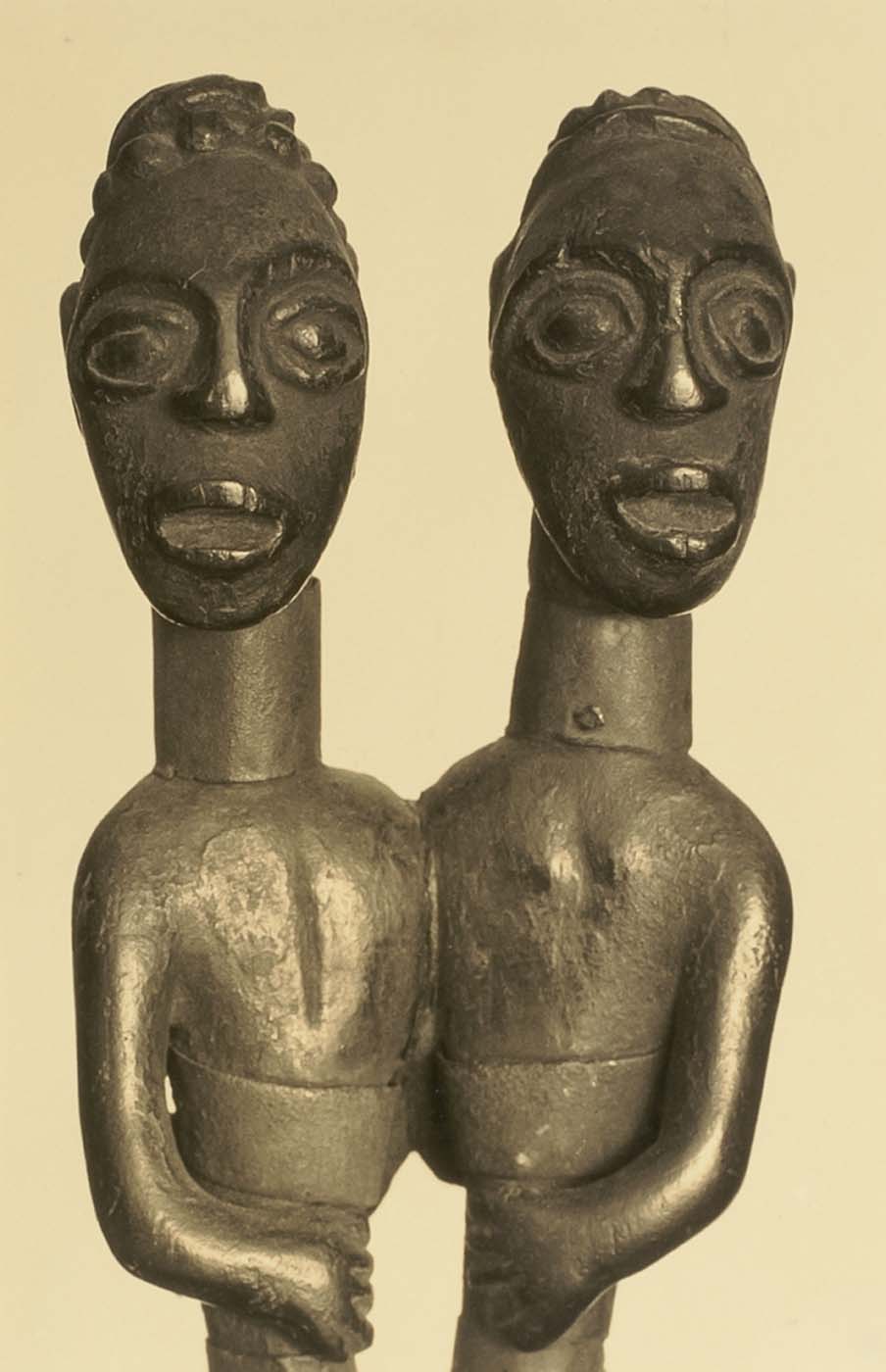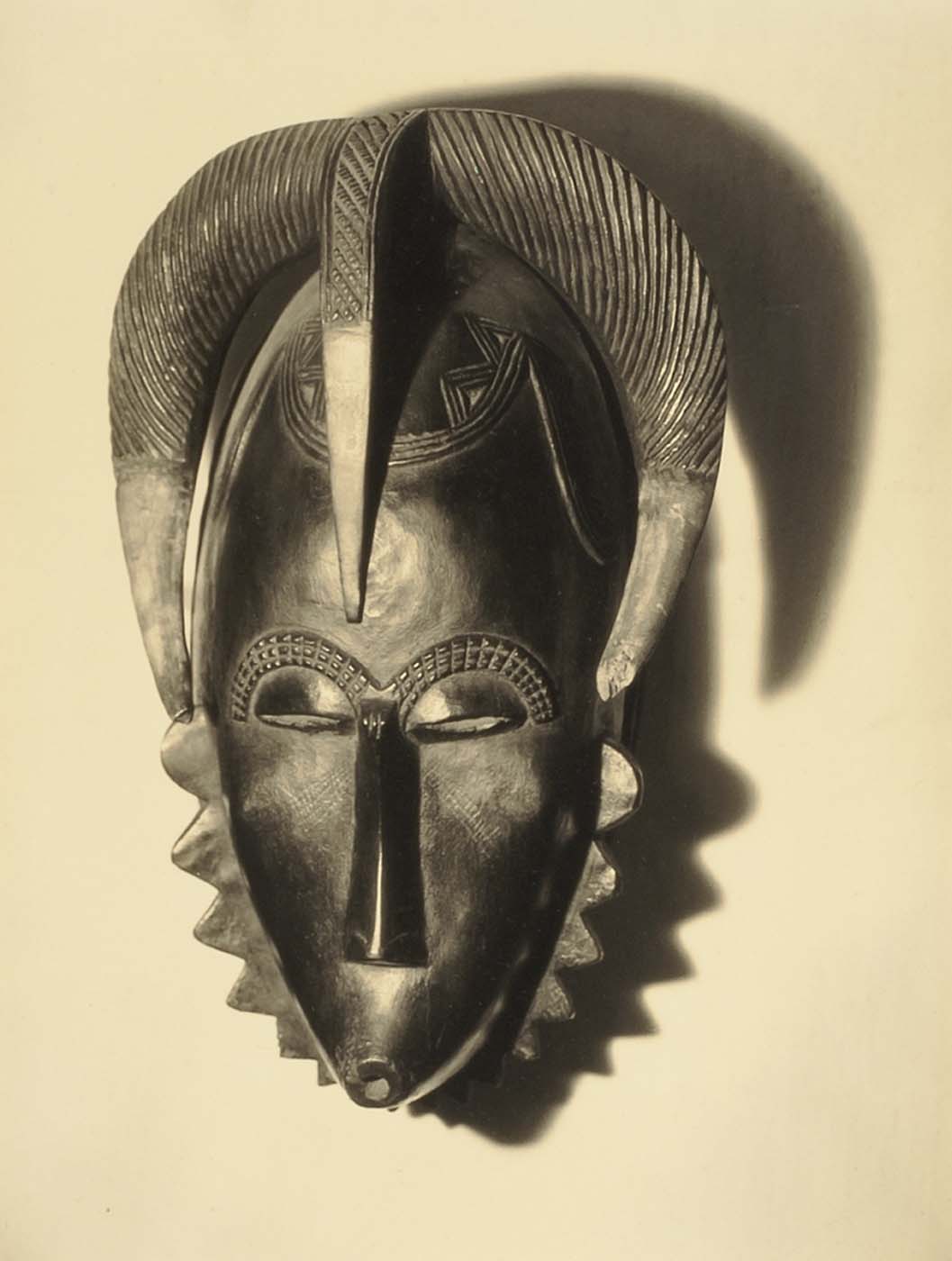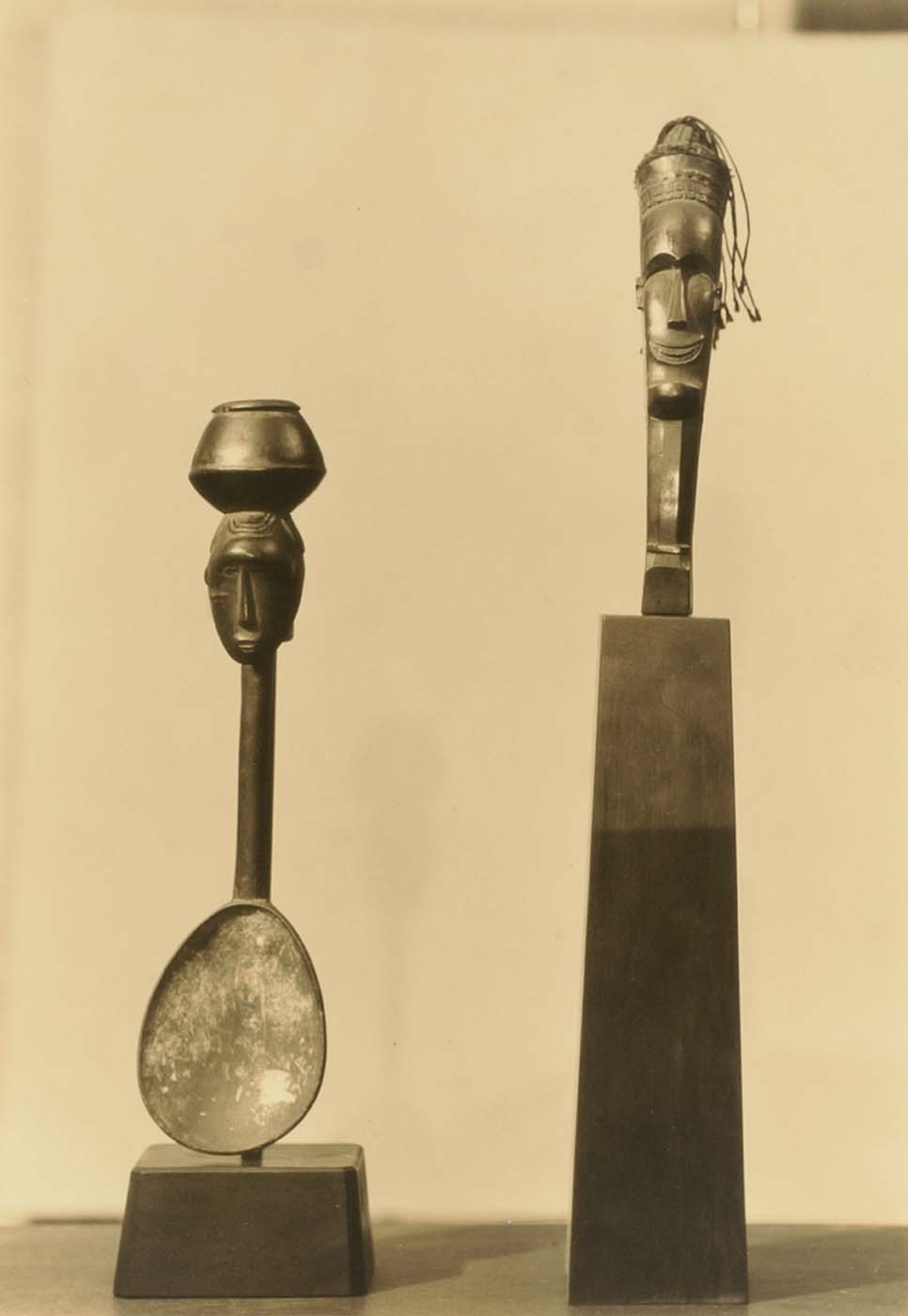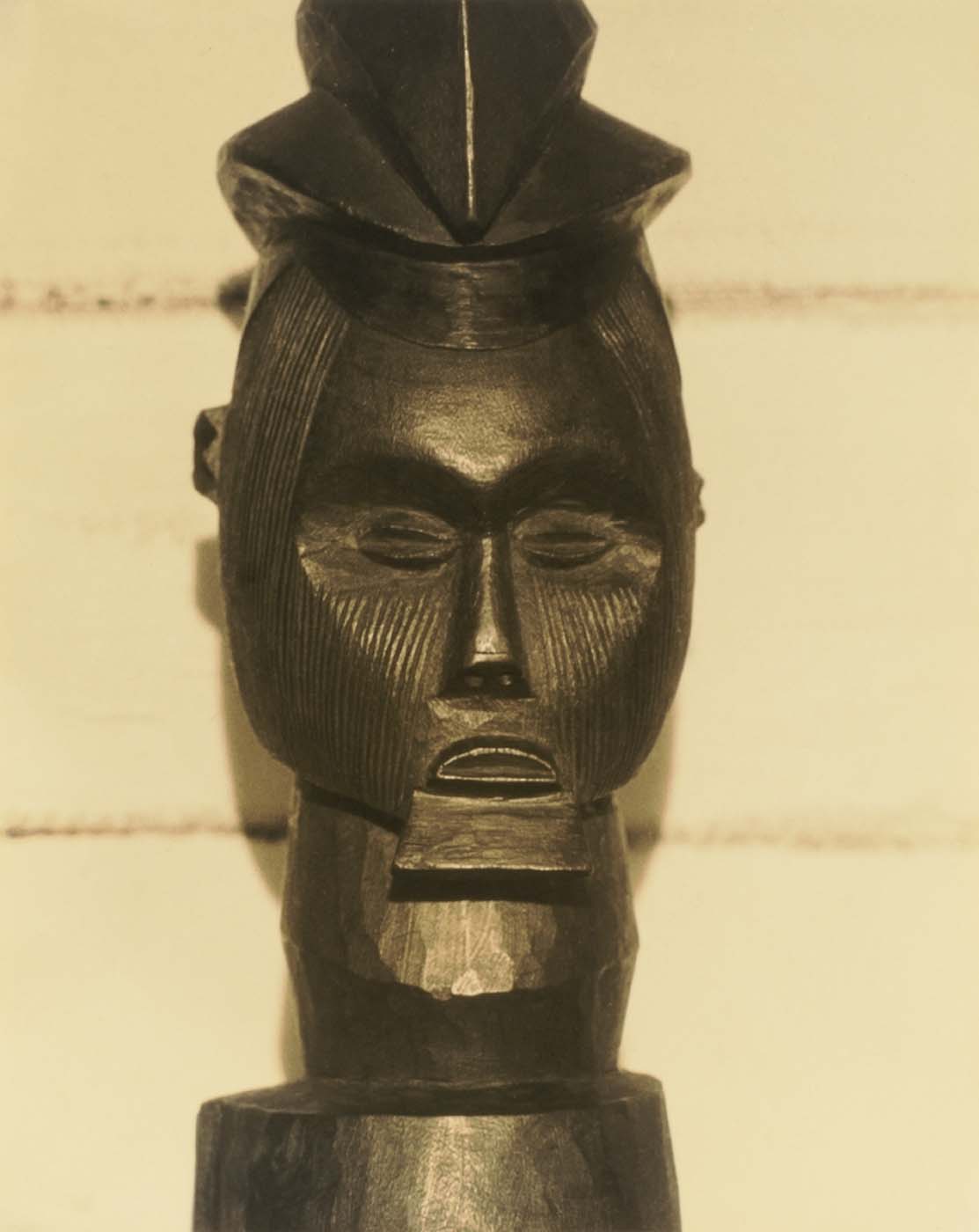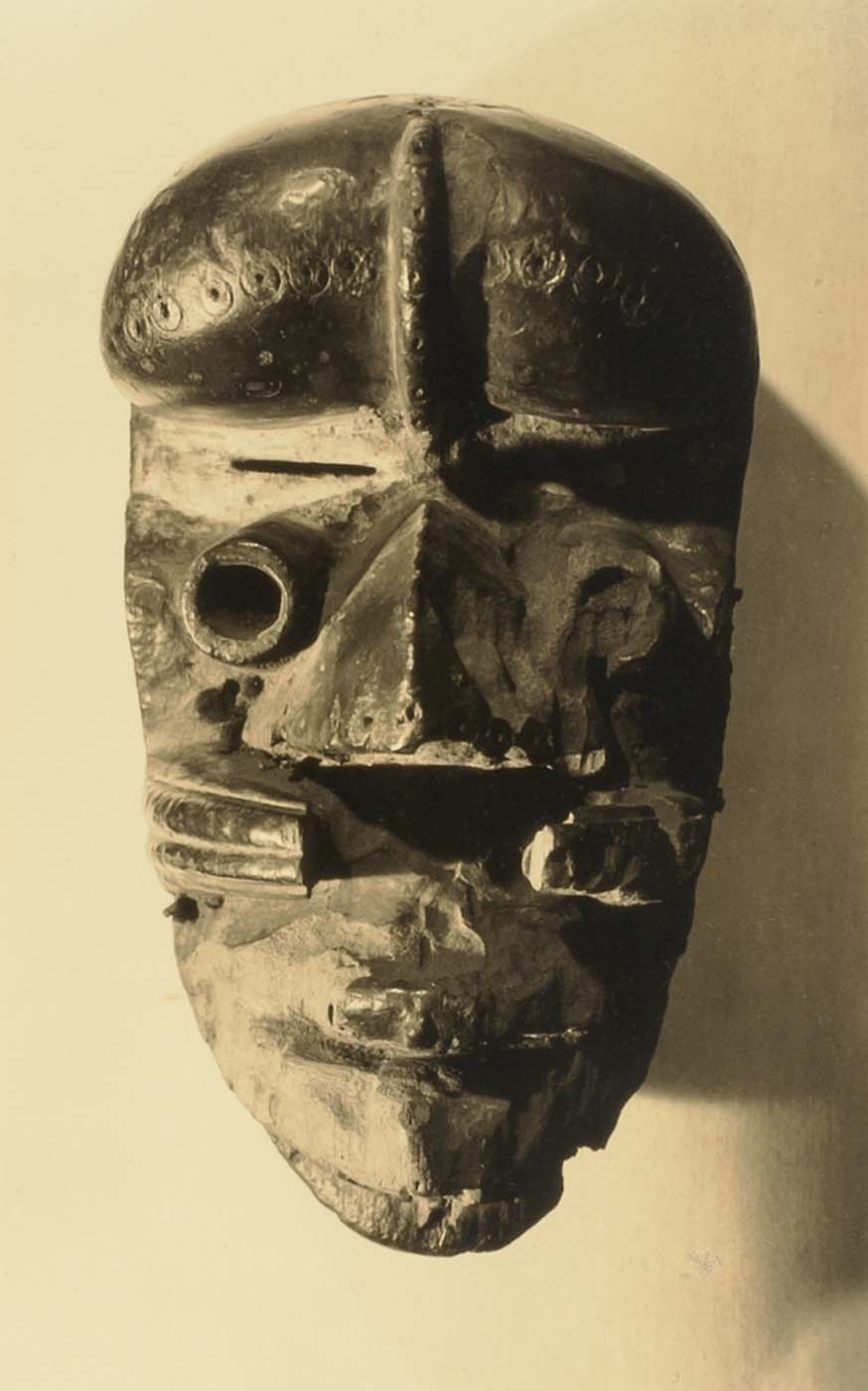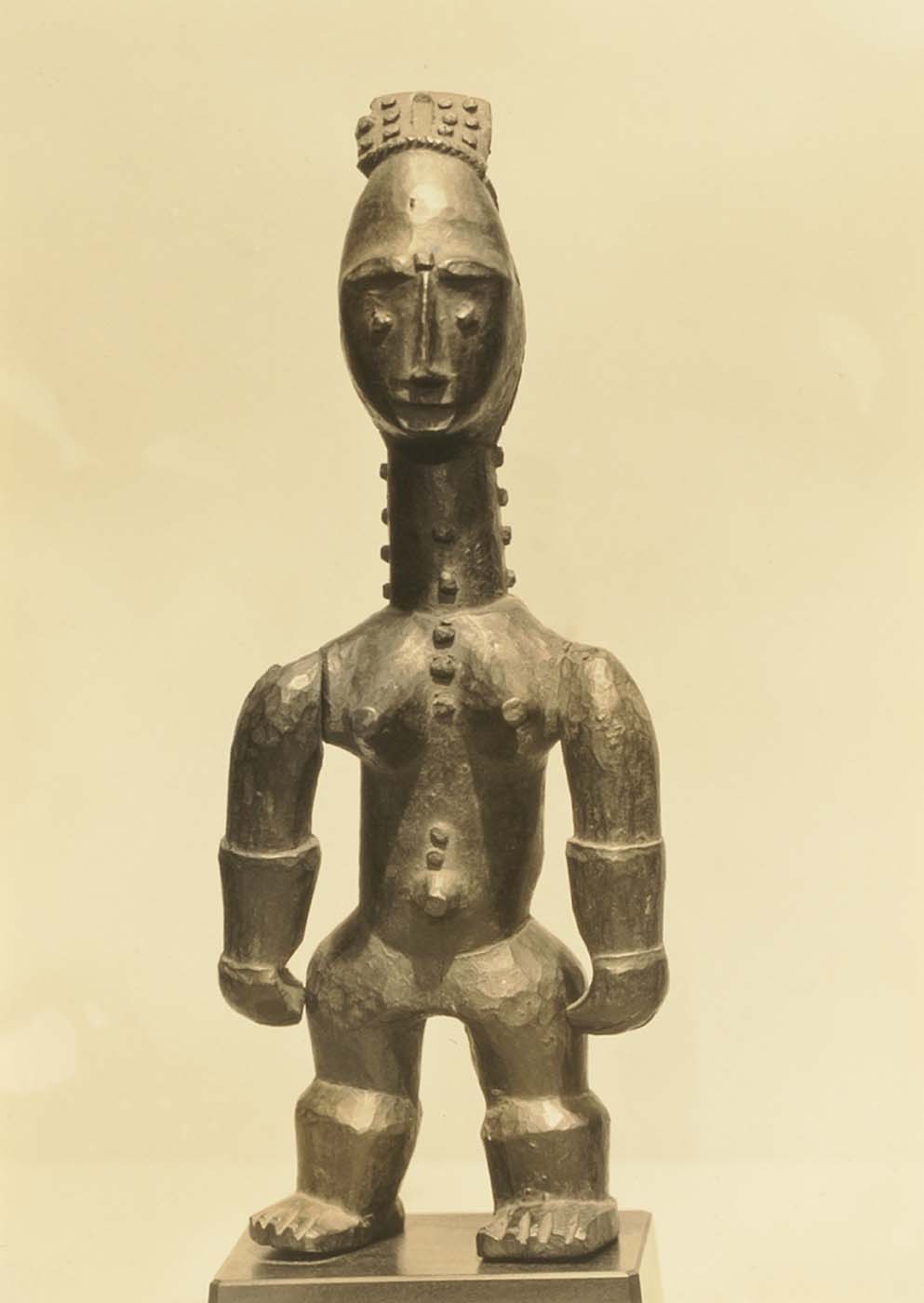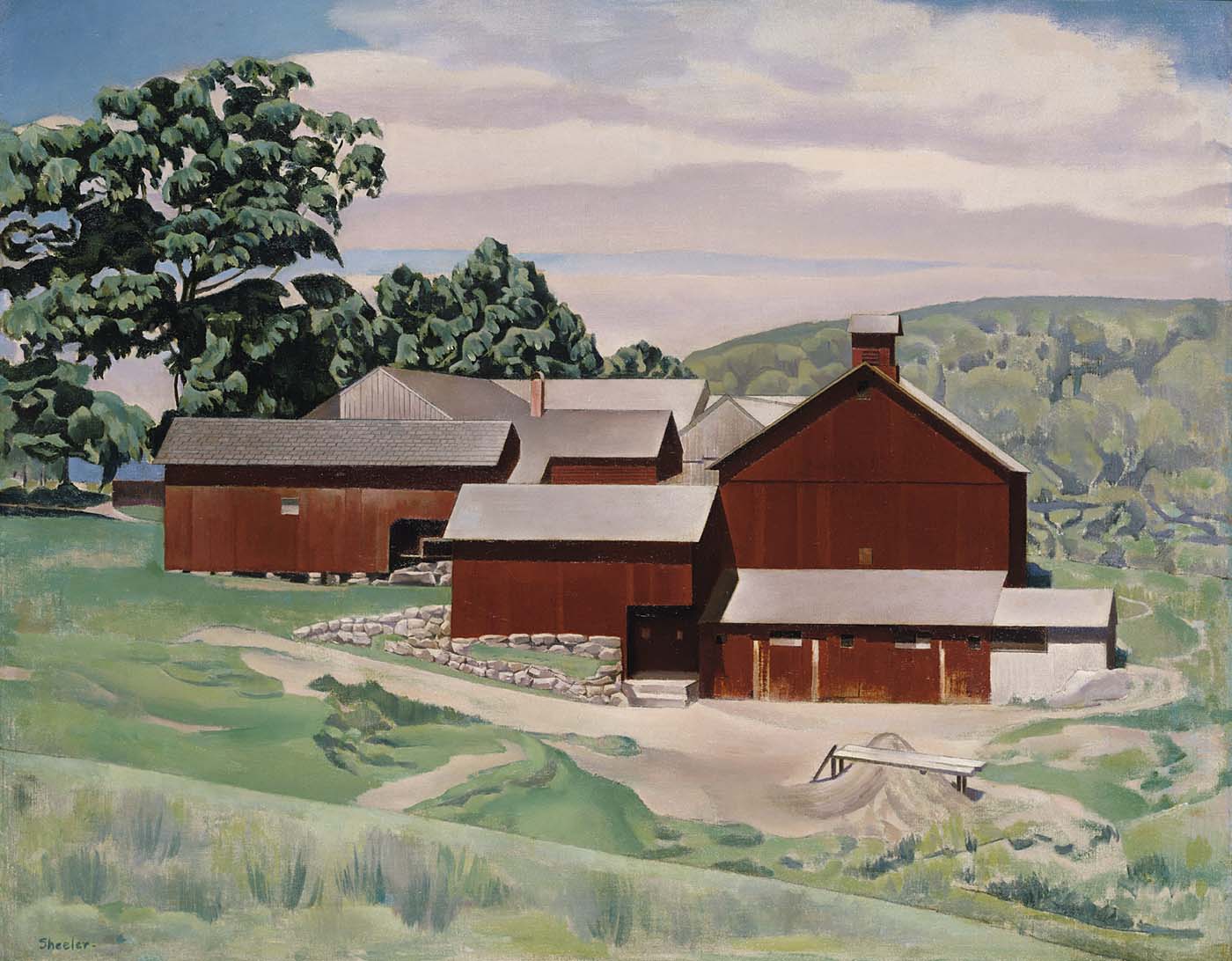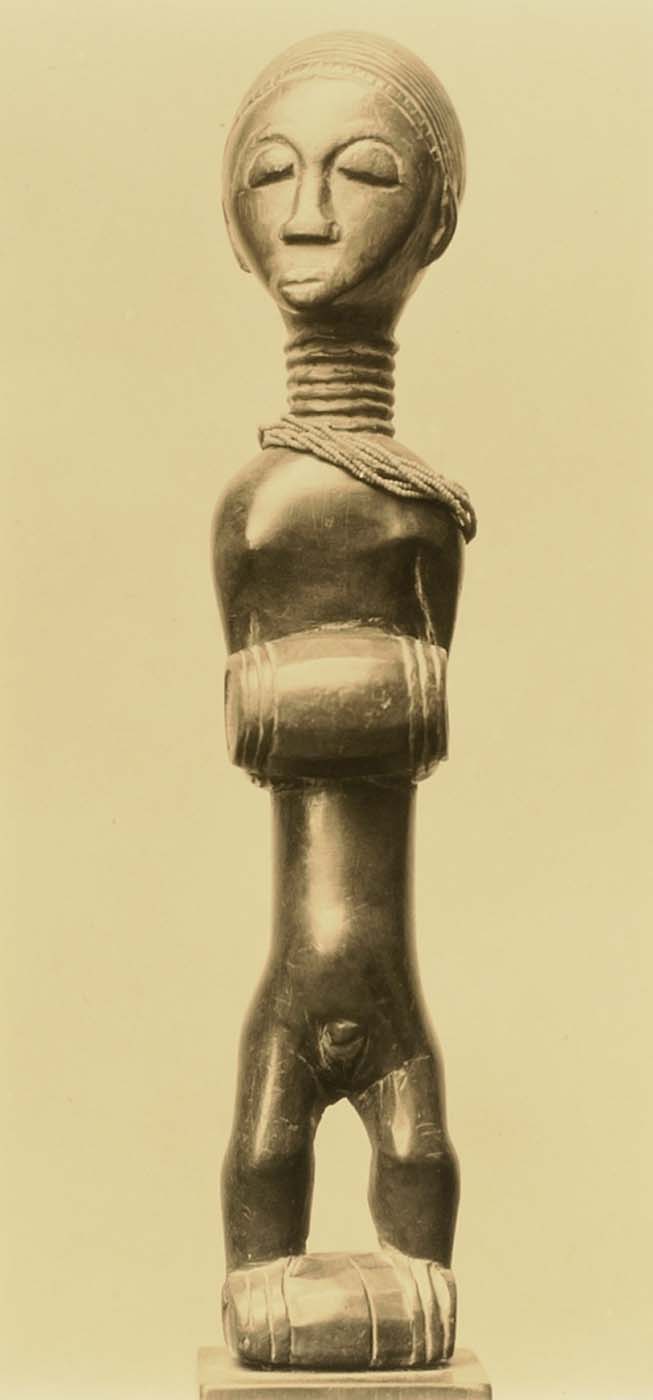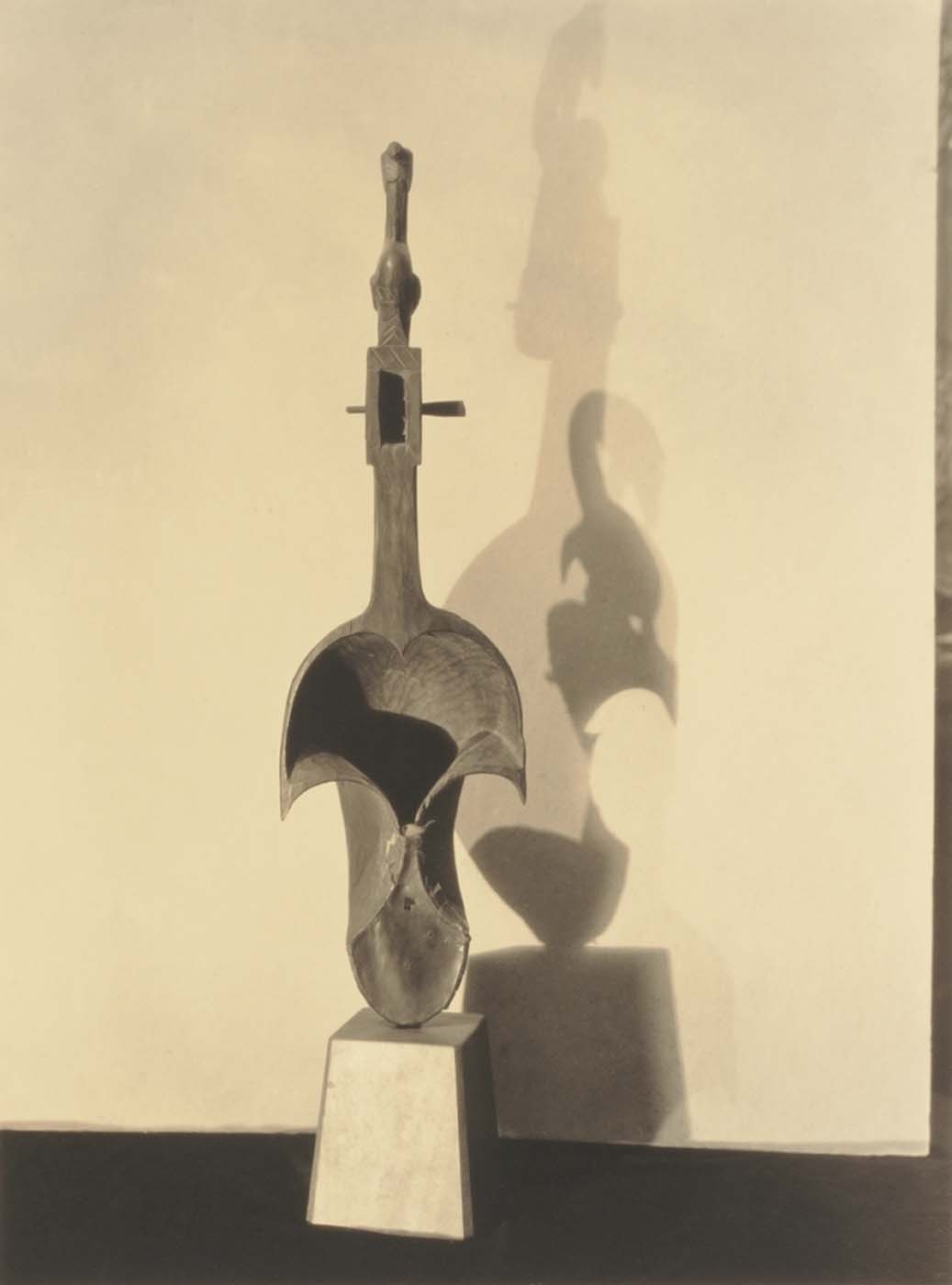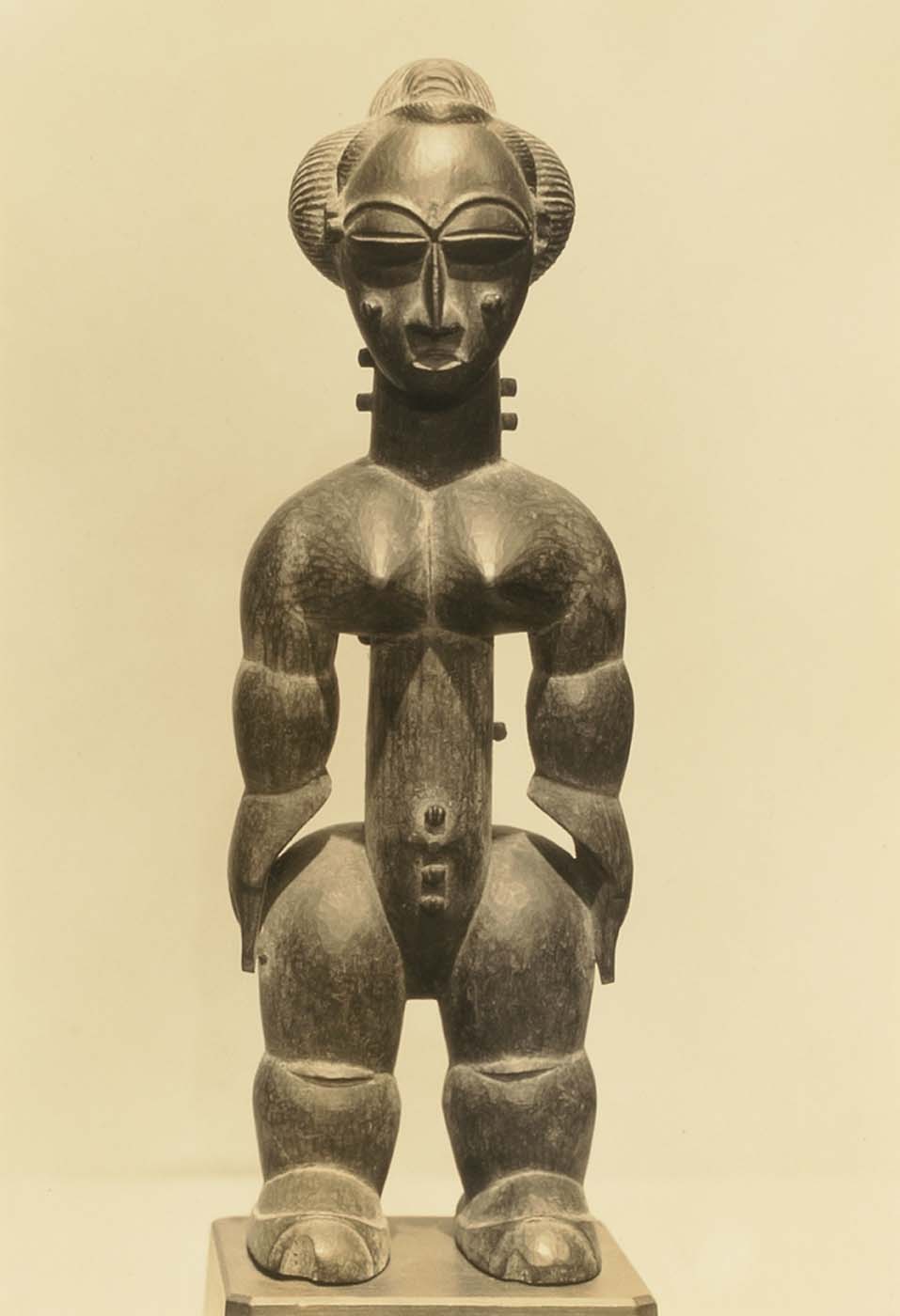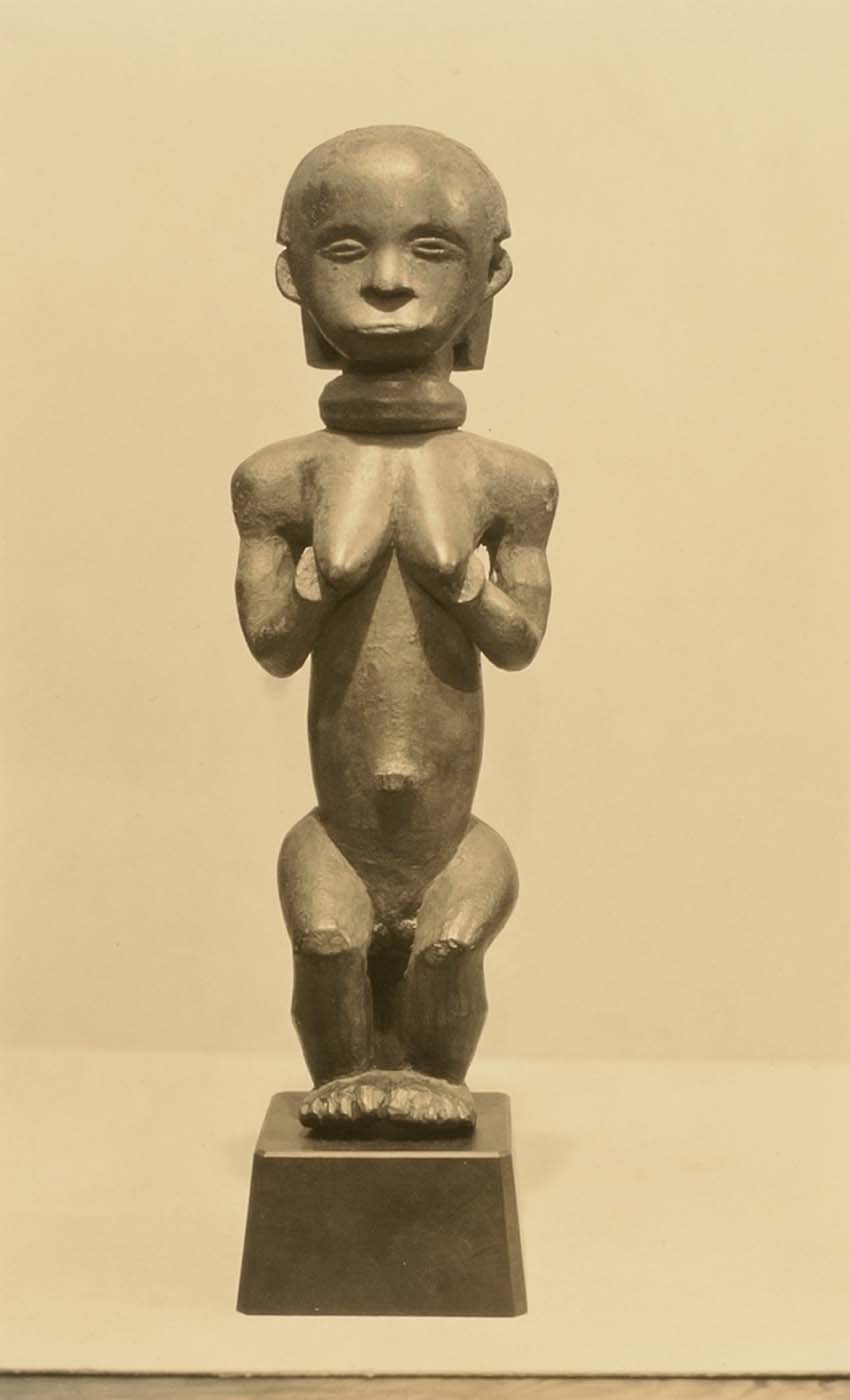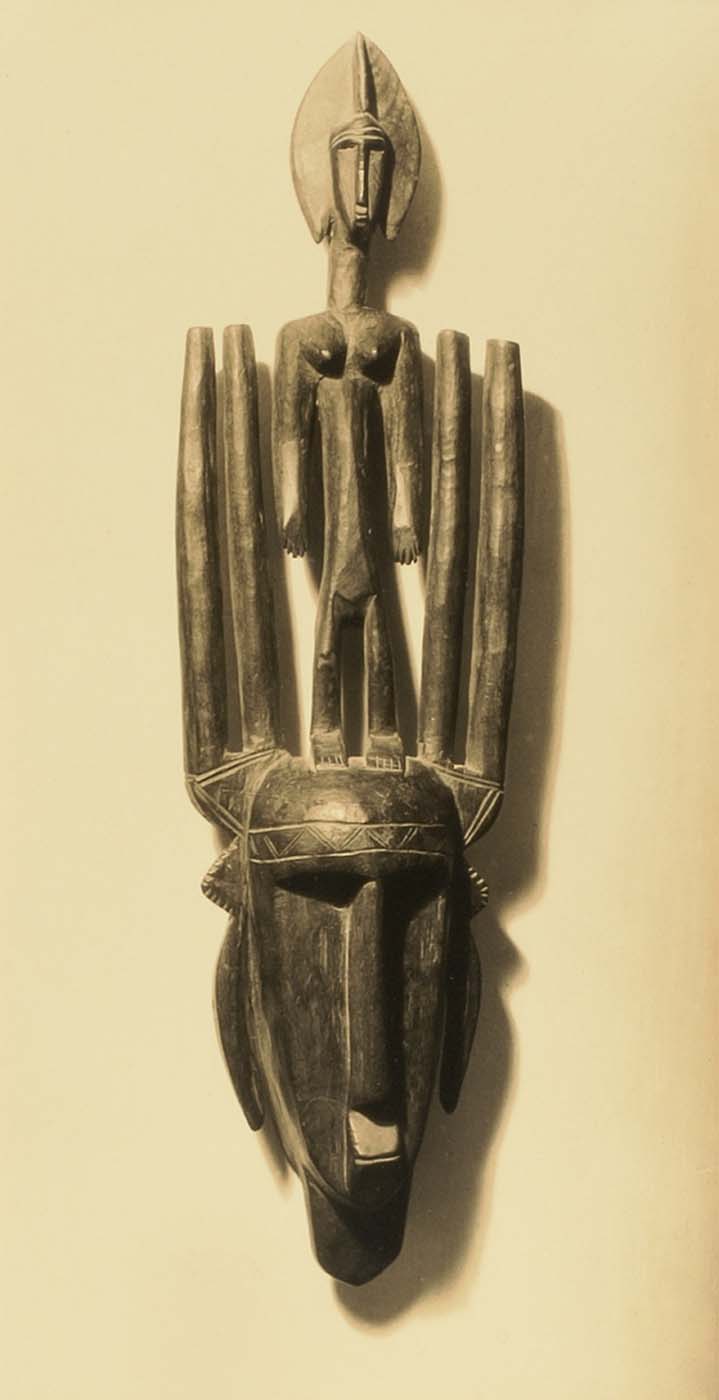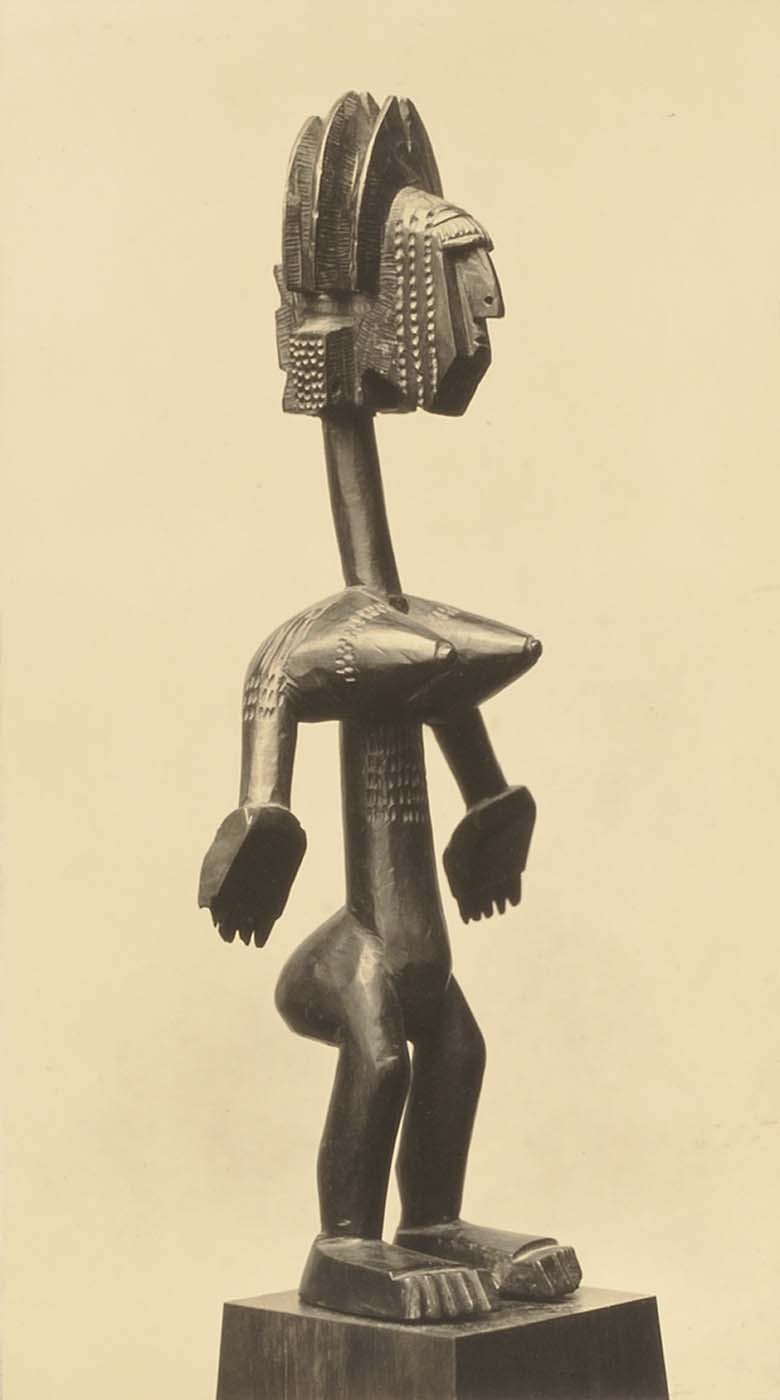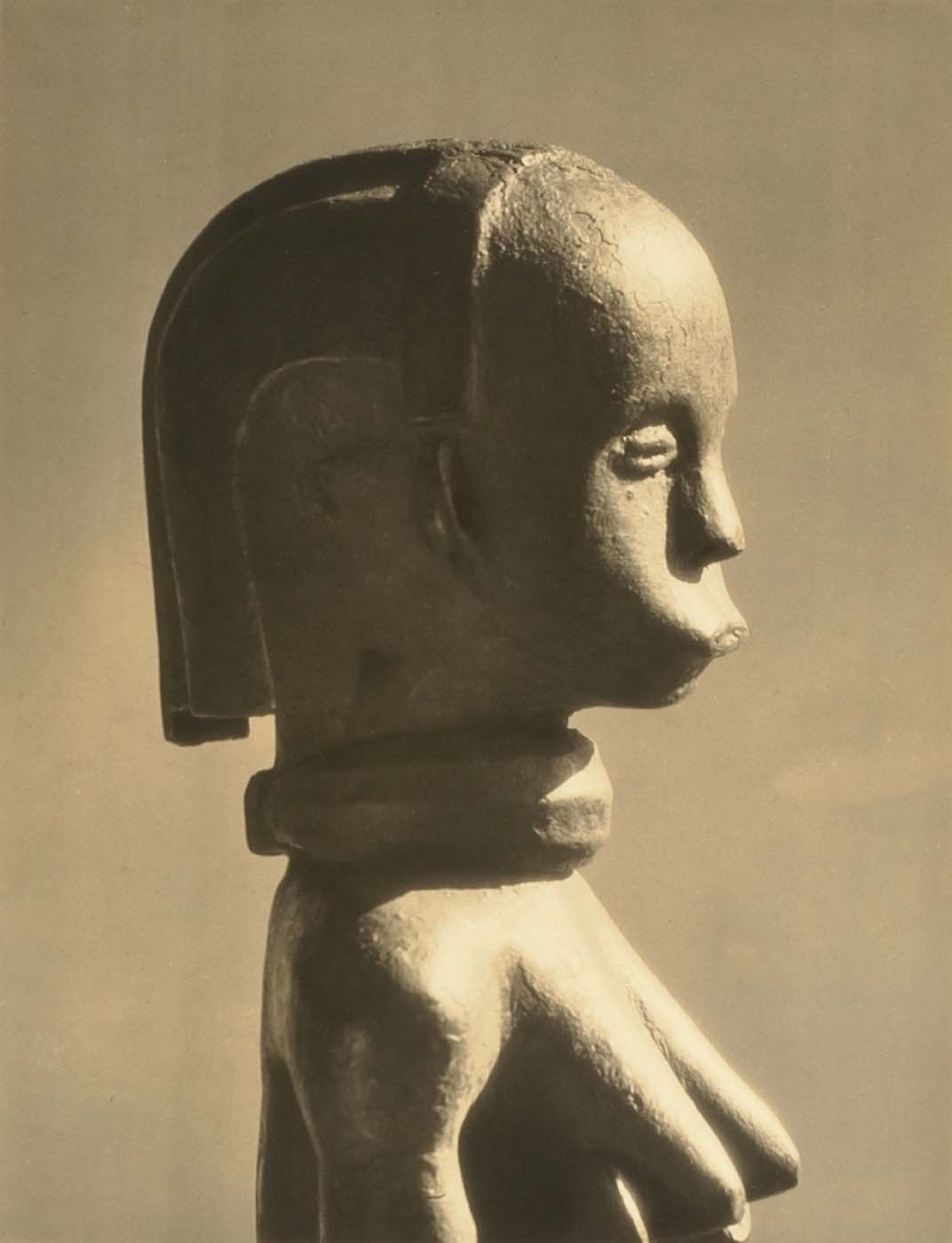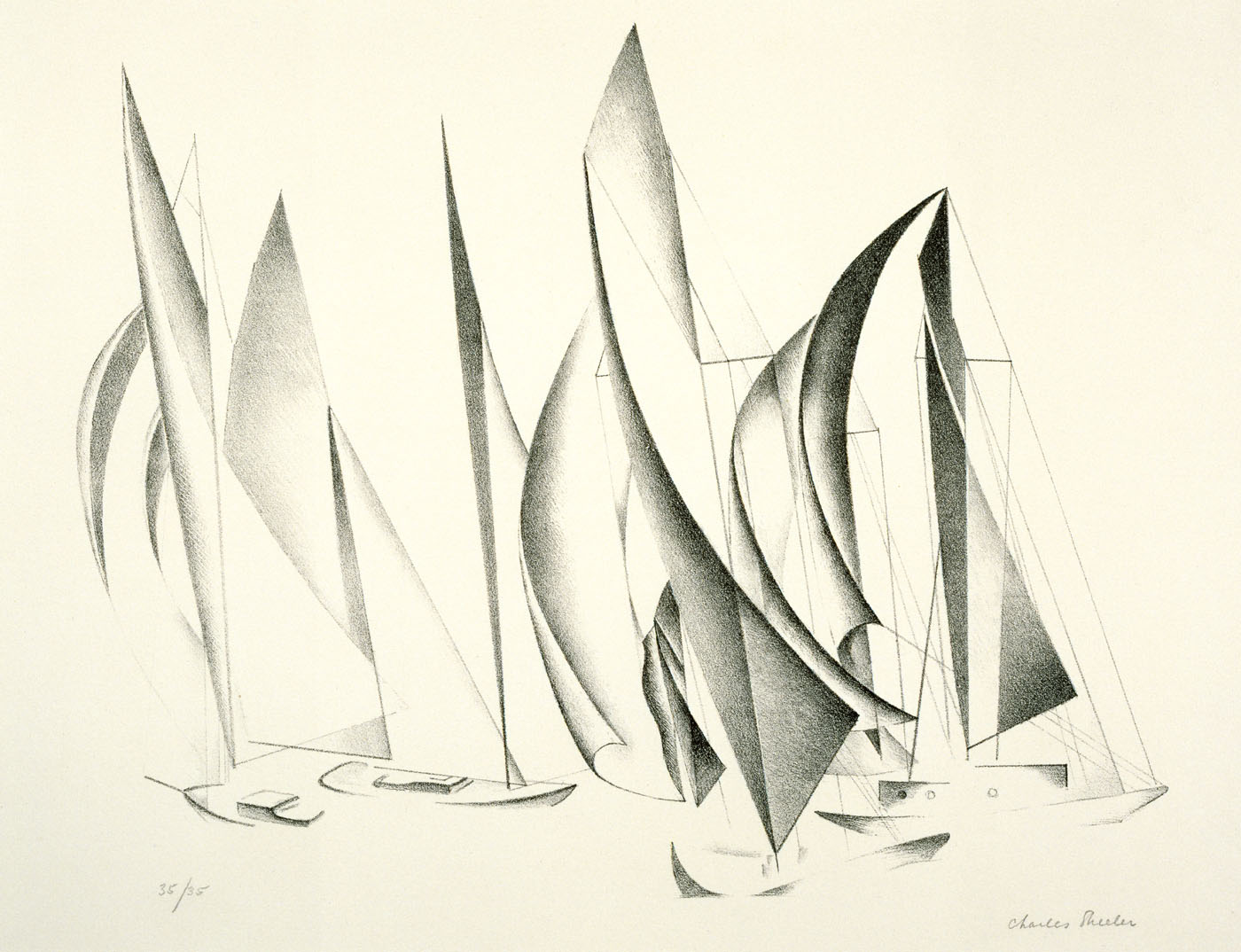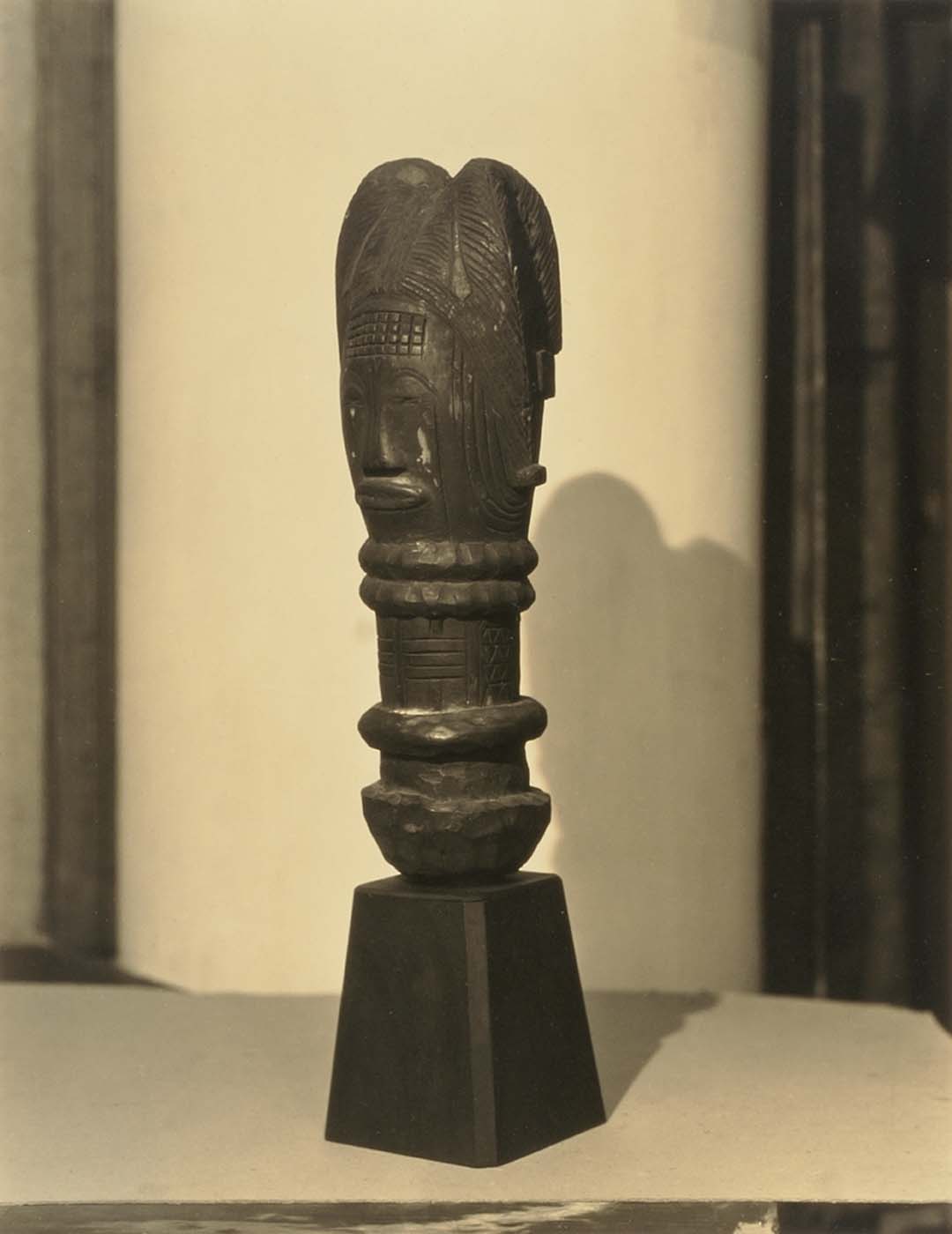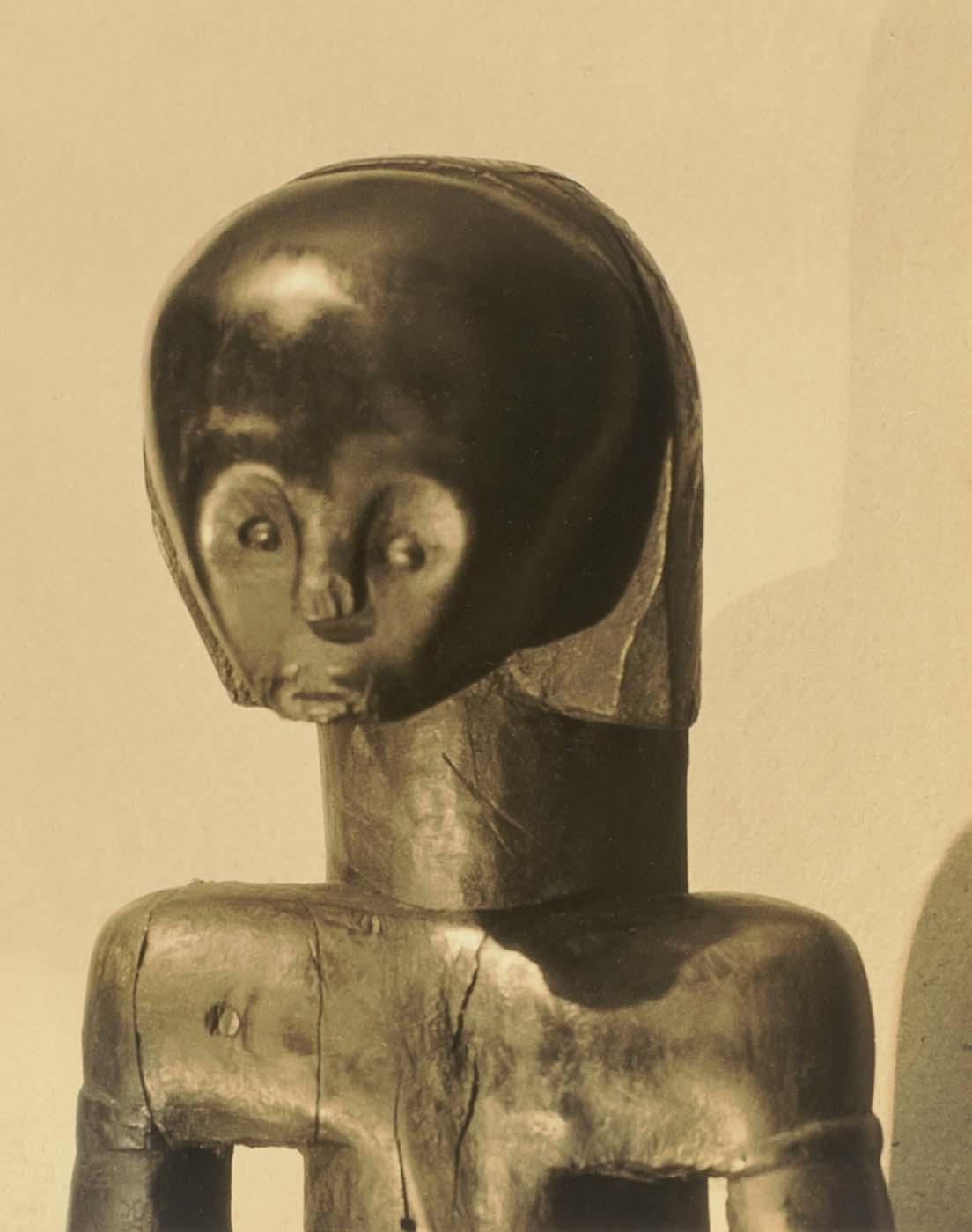Charles Sheeler
Sheeler was born in Philadelphia, the only child of a steamship company employee and his wife. After three years at the School of Industrial Art, he enrolled at The Pennsylvania Academy of the Fine Arts, where he studied with William Merritt Chase, taking two summer tours to Europe with his class. Although Sheeler wanted to be a fine artist, he made his living as a commercial photographer for many years, taking pictures of new buildings for architects, then of works of art for galleries and dealers in New York. Marius de Zavas promoted Sheeler's photographs as artworks in their own right, and Alfred Stieglitz followed, awarding Sheeler a prize in 1918.
Sheeler's homes and their contents, his photographs and paintings, neatly and ironically combined the machine age with the past. The functional quality of American products, from the country's earliest days to Sheeler's own times, was for him a symbol of national pride. He collected American antiques, and his works juxtaposed this collection with the modern and the machine-made—cityscapes, locomotives, ocean liners, and factories themselves, like those along the Merrimack River, built when New England was in its industrial heyday.
William H. Truettner and Roger B. Stein, editors, with contributions by Dona Brown, Thomas Andrew Denenberg, Judith K. Maxwell, Stephen Nissenbaum, Bruce Robertson, Roger B. Stein, and William H. Truettner Picturing Old New England: Image and Memory (Washington, D.C.; New Haven, Conn; and London: National Museum of American Art with Yale University Press, 1999
Objects at Dallas Museum of Art (1)
Objects at Crystal Bridges Museum of American Art (1)
Objects at Indianapolis Museum of Art at Newfields (1)
Objects at National Portrait Gallery (2)
Objects at Colby College Museum of Art (9)
Objects at The Amon Carter (14)
Objects at Archives of American Art (19)

